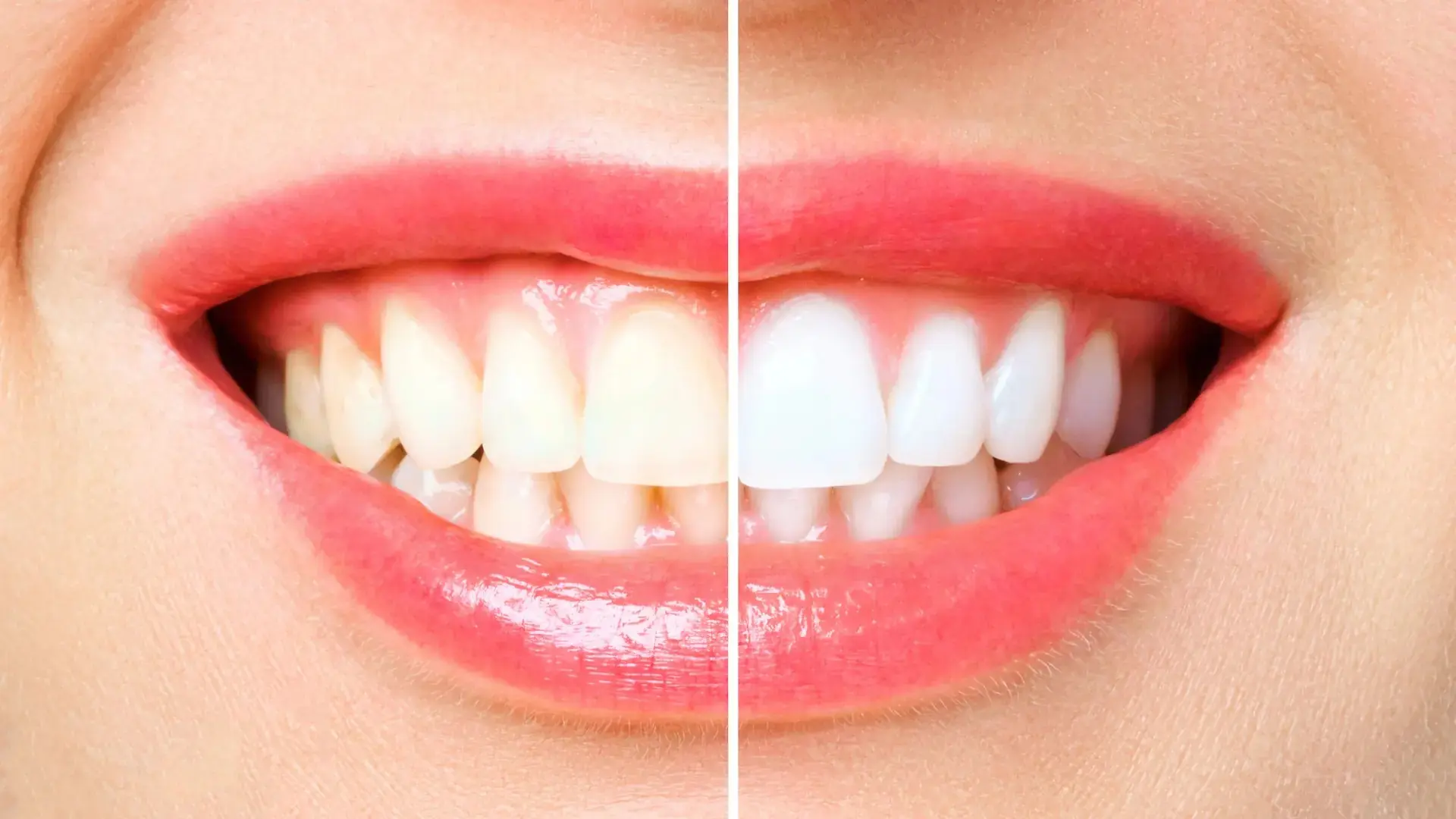
12 weird signs your body isn’t making enough bile—don’t ignore these!
Bile is one of the most underrated yet essential fluids in your body. Produced by your liver and stored in your gallbladder, this golden-green liquid plays a critical role in breaking down dietary fats, absorbing key nutrients like vitamins A, D, E, K, and K2, and eliminating toxins from the body. Beyond digestion, bile helps maintain a healthy gut, supports hormone production, and even aids your immune system.
Unfortunately, many people today struggle with low bile flow due to dehydration, poor diet, stress, or sedentary habits. Over time, this can lead to problems such as gallstones, digestive discomfort, and nutrient deficiencies. In this article, we’ll explore why bile is so important, how to recognize when you’re running low, and practical ways to boost it naturally.
🎯 Why Bile Is a Big Deal
Whenever you eat foods containing fat, your body releases bile into the small intestine to help emulsify and break those fats into smaller particles. This process allows your body to absorb fat-soluble nutrients, which are essential for everything from healthy skin to strong vision and balanced hormones.
Bile also acts as a natural detoxifier—it binds with waste products, heavy metals, and excess cholesterol, carrying them safely out of your body through your digestive tract. It keeps your colon lubricated, prevents constipation, and supports the gut microbiome by maintaining the right pH environment.
Without enough bile, fat digestion slows down, toxins accumulate, and inflammation can increase. Over time, this can affect not just digestion but also your energy levels, skin health, and liver function.
⚠️ Common Signs You Might Be Low on Bile
Low bile isn’t always easy to detect, but your body gives subtle clues. Here are some telltale signs that your bile production or flow may be compromised:
1. Frequent Constipation
Bile acts as a natural lubricant for your colon. When you don’t have enough, stools can become hard and difficult to pass. Chronic constipation can then slow toxin removal, causing bloating and fatigue.
2. Right Shoulder or Upper Back Pain
A dull ache under your right shoulder blade or along your neck and jaw could indicate bile sludge—thickened bile that slows or blocks normal flow. This can irritate nerves near the liver and gallbladder, leading to referred pain.
3. Bloating and Indigestion After Fatty Meals
If you feel heavy, bloated, or gassy after eating fried or oily foods, your bile flow may be too sluggish to handle the fat load.
4. Greasy, Pale, or Floating Stools
When bile is insufficient, fat remains undigested and can make your stool appear pale, oily, or buoyant. This is a classic sign of fat malabsorption.
5. Gallstones or Bile Sludge
Thickened bile or low bile flow allows cholesterol crystals to harden into gallstones. These can trigger nausea, right-sided abdominal pain, and—if untreated—may require gallbladder removal.
6. Pain Under the Ribs or in the Upper Abdomen
Excess cholesterol buildup in the gallbladder or bile ducts can cause pressure and inflammation, leading to localized pain.
7. Dry Eyes and Skin
Without bile, your body struggles to absorb vitamins A and E, which are essential for moisture retention and skin barrier repair.
8. Night Blindness or Blurry Vision
A lack of bile reduces absorption of retinol (vitamin A), which plays a vital role in low-light vision.
9. Jaundice or Easy Bruising
If bile ducts are blocked, bilirubin can build up, giving skin and eyes a yellow tint. Low vitamin K absorption from poor bile flow can also cause easy bruising.
10. Itchy Skin or Rashes
Toxin buildup from poor bile flow can lead to skin irritation or rashes—particularly on the chest, back, and abdomen.
11. “Pot Belly” from Fatty Liver Disease
A sluggish liver can cause bile congestion and fat buildup, leading to an enlarged abdomen. Boosting bile flow helps clear out liver fat and improve metabolism.
12. Weak Muscles or Sagging Skin
Vitamin E and healthy fats support muscle tone and hormone balance. A bile deficiency limits these nutrients, contributing to loss of strength and premature aging.
💡 What Causes Low Bile Flow?
There’s no single cause, but several factors can reduce your body’s ability to make or release bile:
-
Low-Fat Diets: Eating too little fat prevents bile from being released regularly, leading it to thicken.
-
Dehydration: Since bile is more than 95% water, not drinking enough causes it to become concentrated and sticky.
-
Liver Inflammation or Fatty Liver: When liver cells are damaged, bile production slows.
-
Gallbladder Removal: Without a gallbladder, bile drips continuously but less efficiently into the intestine.
-
Choline Deficiency: This nutrient (found in egg yolks and liver) is vital for bile production and fat metabolism.
-
Gut Dysbiosis: Imbalances in gut bacteria from antibiotics or processed foods can interfere with bile recycling.
-
Stress: Chronic stress impacts liver function and slows digestive secretions, including bile.
📌 How to Naturally Boost Your Bile Flow
The good news? You can often improve bile flow through simple dietary and lifestyle adjustments.
1. Take Digestive Enzymes with Bile Salts
Supplements containing ox bile or purified bile salts can help replace missing bile, especially after gallbladder surgery or fatty meals.
2. Add Ginger and Lemon to Your Diet
Both are natural bile stimulants. Ginger tea or lemon water before meals can gently encourage the liver and gallbladder to release bile.
3. Eat Healthy Fats—Not No Fats
Include grass-fed butter, olive oil, avocados, and pastured eggs in moderation. These healthy fats trigger bile release and nourish your liver.
4. Load Up on Bitter Foods and Herbs
Bitter greens like kale, arugula, dandelion, artichoke, turmeric, and milk thistle help cleanse the liver and increase bile secretion.
5. Stay Hydrated
Drink at least one liter of mineral-rich water daily. Proper hydration keeps bile thin and free-flowing through the ducts.
6. Support Gut Health
Fermented foods such as sauerkraut, kefir, kimchi, and pickled vegetables feed your gut bacteria, which play an important role in bile recycling.
7. Move Your Body Regularly
Gentle exercise like walking, yoga, or stretching improves lymphatic flow and liver circulation—both essential for bile health.
👉 Wrapping It All Up
Bile isn’t just a digestive fluid—it’s a vital detoxification and nutrient-absorption system that affects nearly every part of your health. When bile is low, your body struggles to break down fats, absorb vitamins, and eliminate toxins, which can lead to a wide range of symptoms—from constipation and fatigue to hormonal imbalance and liver issues.
By eating a nutrient-rich diet, staying hydrated, and incorporating natural bile-boosting foods and herbs, you can help your liver and gallbladder function more efficiently. Supporting bile flow doesn’t just improve digestion—it can enhance energy, skin clarity, hormone balance, and overall longevity.
Here’s the bottom line: Healthy bile equals a healthy liver, and a healthy liver equals a healthier you.
Disclaimer: This article is for educational purposes only and should not replace professional medical advice. Always consult your healthcare provider before starting new supplements or treatments, especially if you have liver or gallbladder issues.
News in the same category

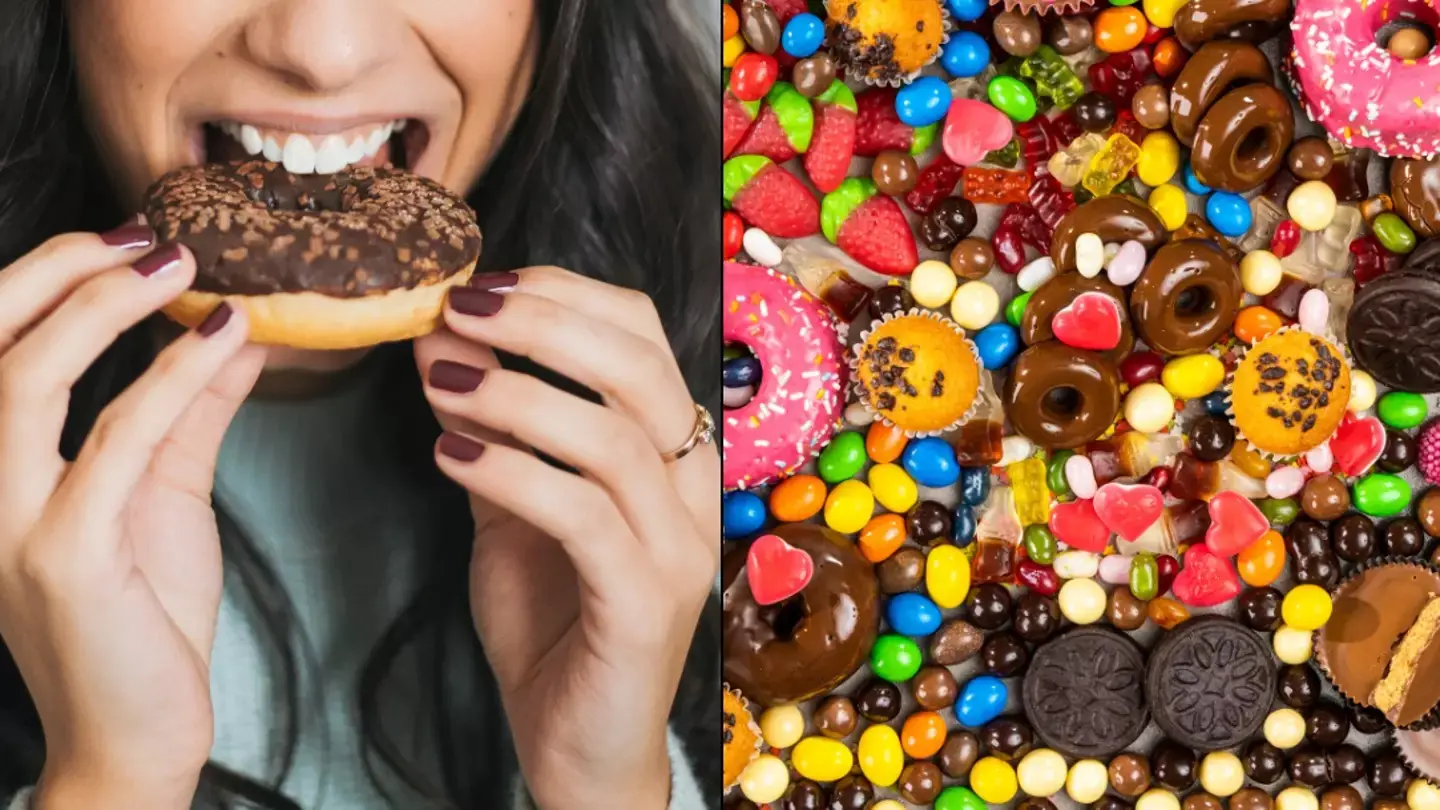
What Happens to Your Body When You Stop Eating
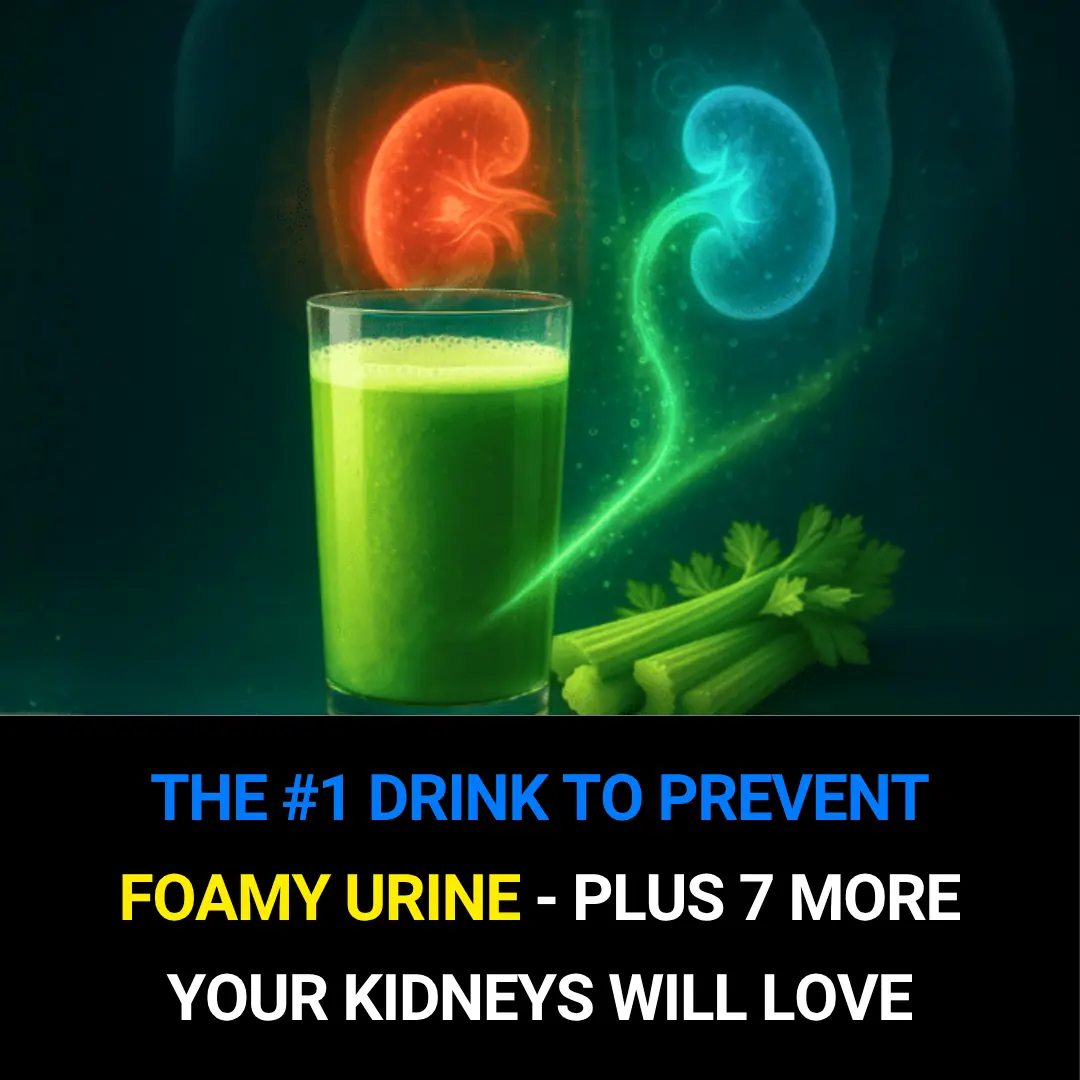
The #1 Drink to Prevent Foamy Urine — Plus 7 More Your Kidneys Will Thank You For
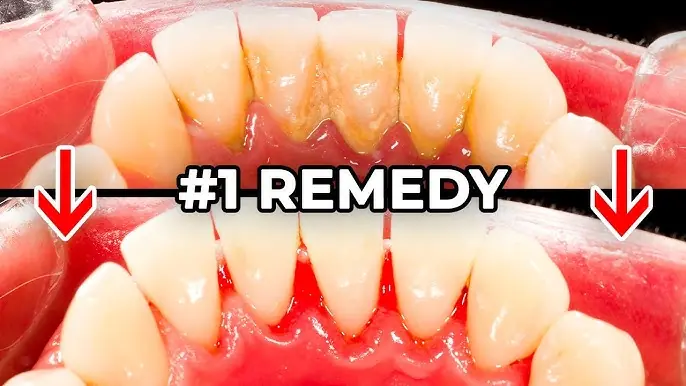
The #1 Most Effective Remedy for Dental Plaque (And How to Beat Tartar at Home)
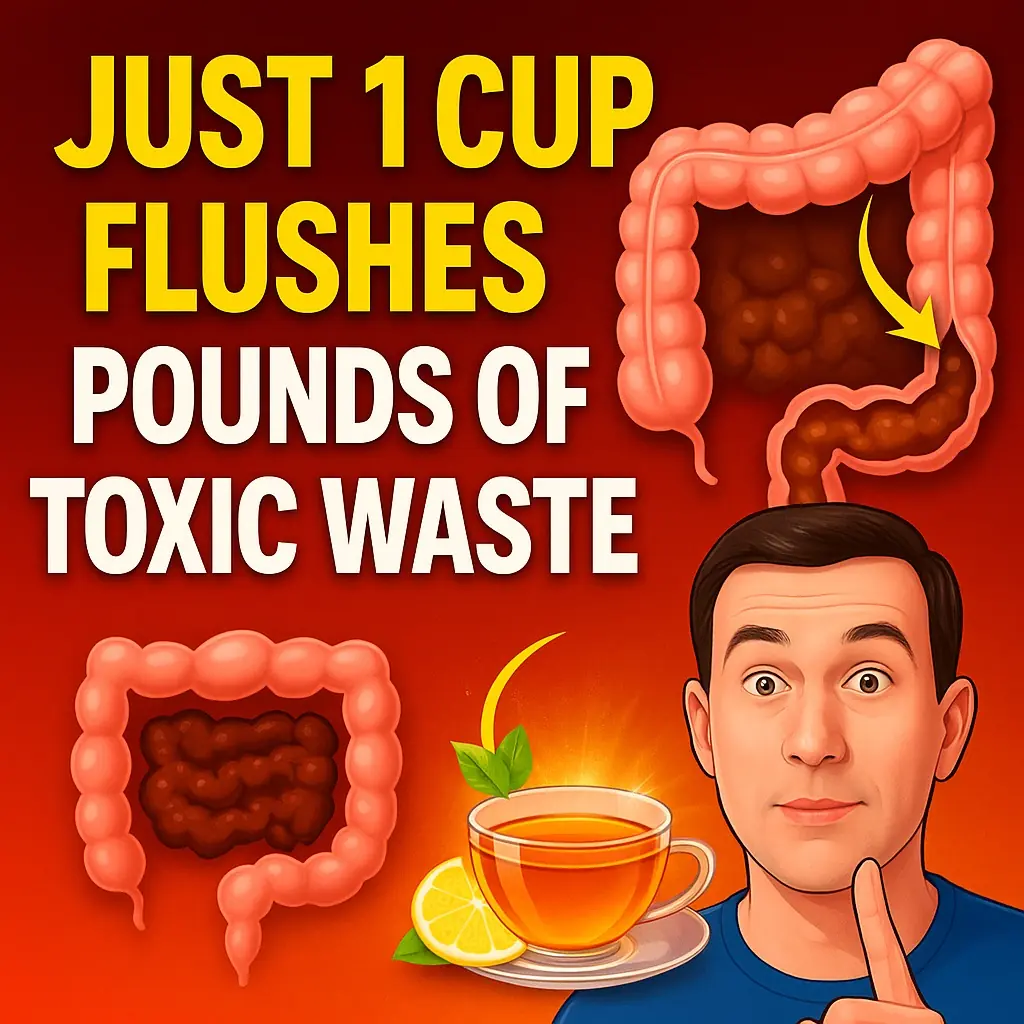
JUST 1 CUP FLUSHES POUNDS OF TOXIC WASTE
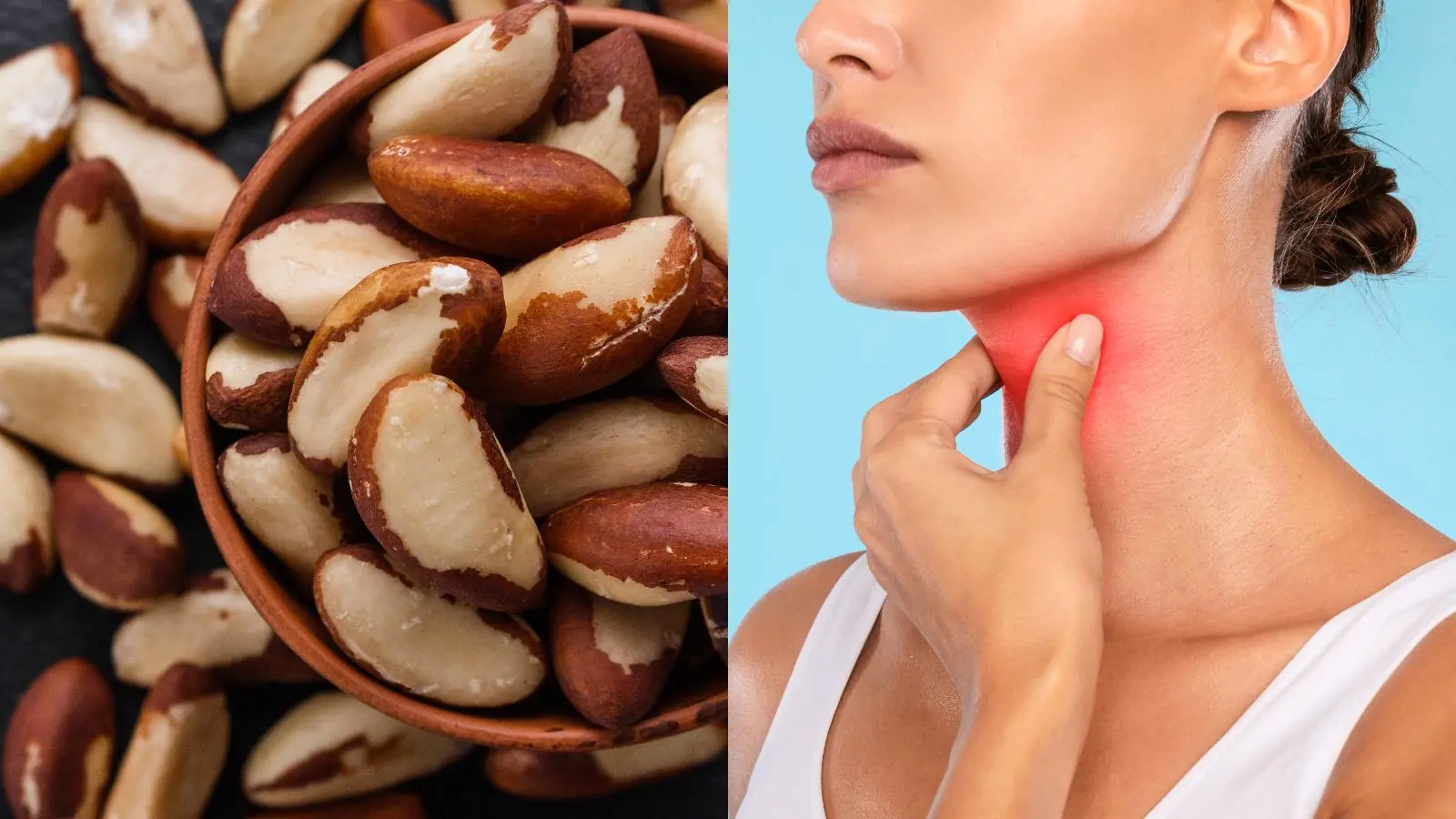
Just 2 Nuts a Day Can Support Your Thyroid, Help With Weight Loss, and Balance Blood Sugar
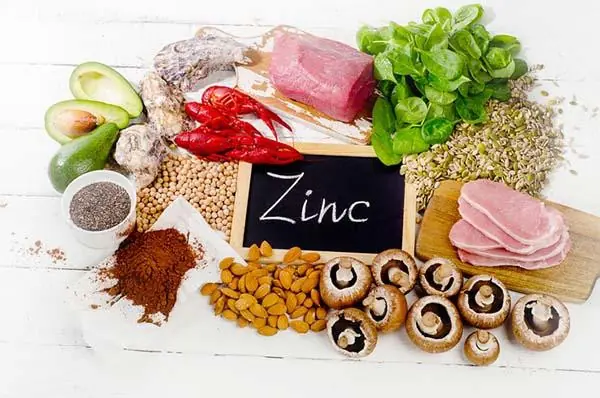
Zinc Deficiency Triggers Inflammation in Your Body — Here’s What to Eat to Fix It
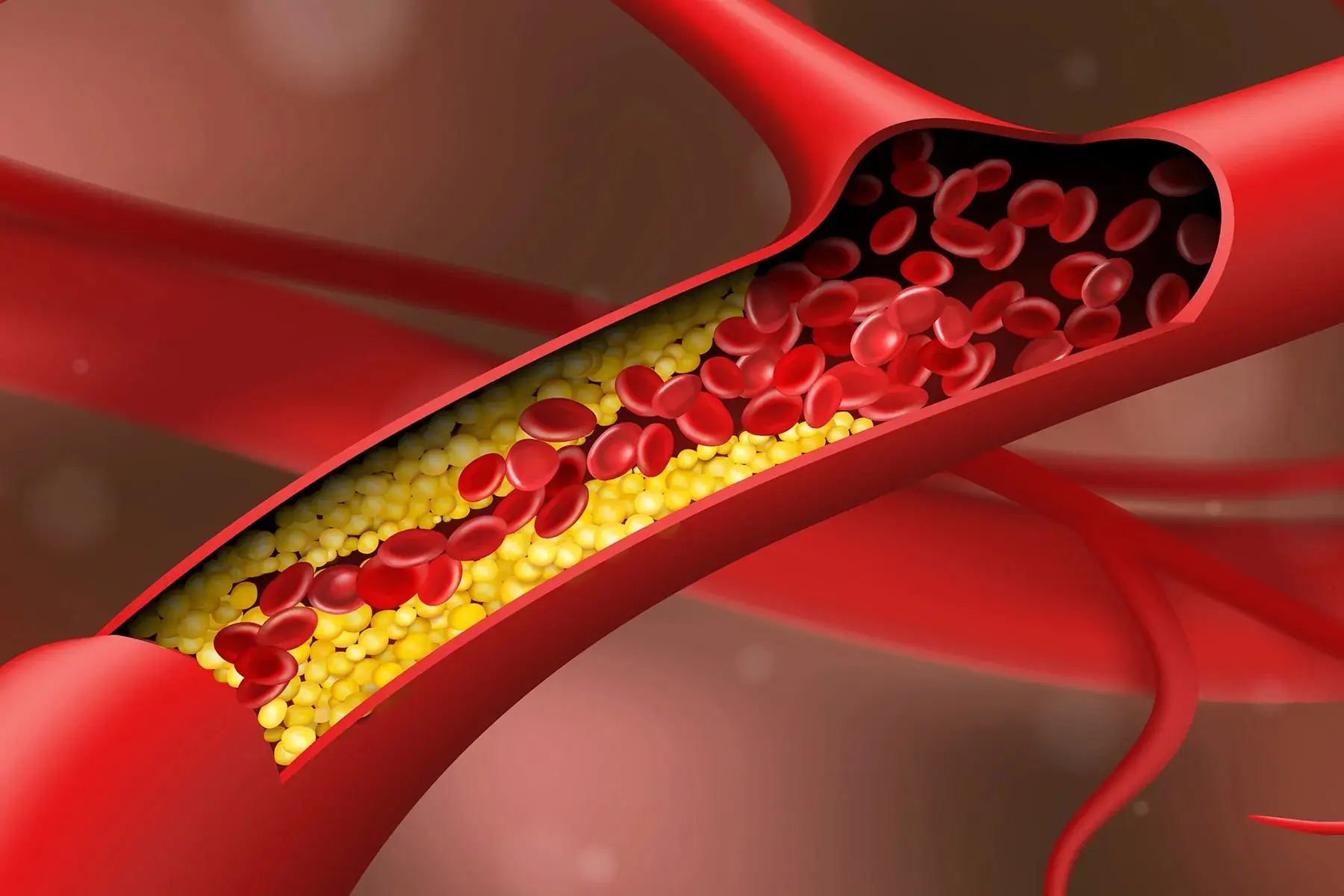
CLEANSE CLOGGED ARTERIES WITHOUT MEDICATION

The #1 Way To Stop Bloating Fast
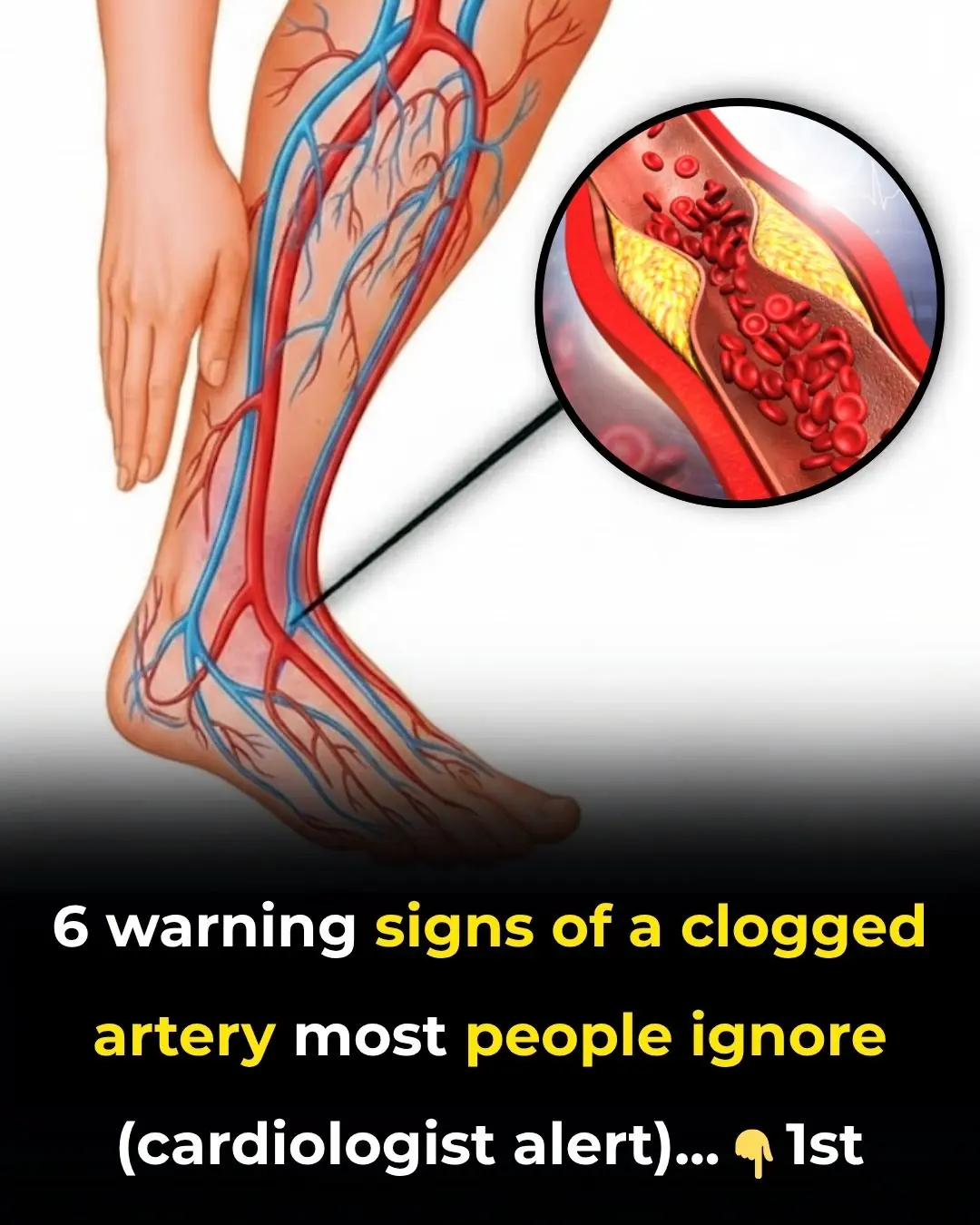
6 warning signs of a clogged artery most people ignore (cardiologist alert)
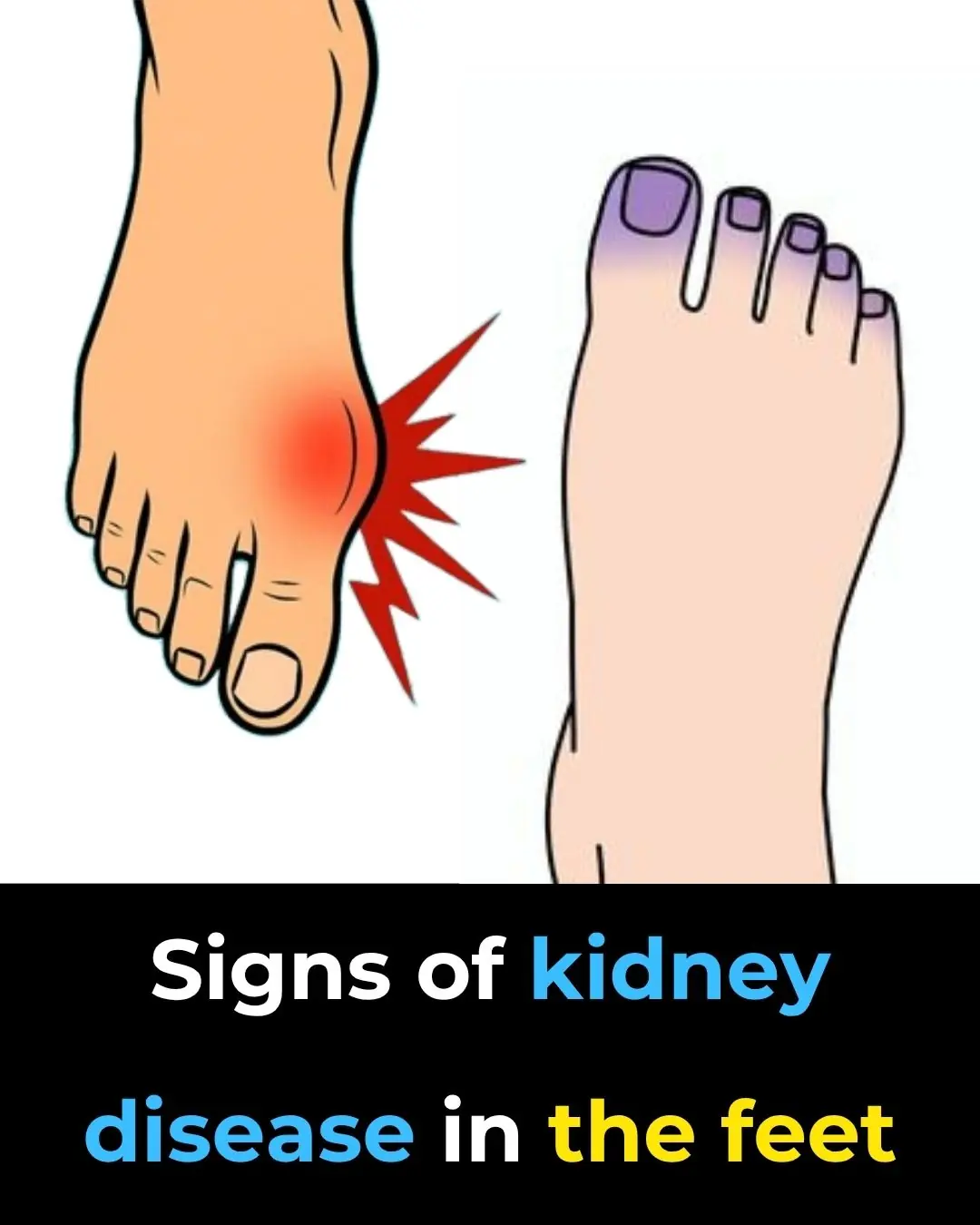
Foot Symptoms That Could Signal Kidney Problems
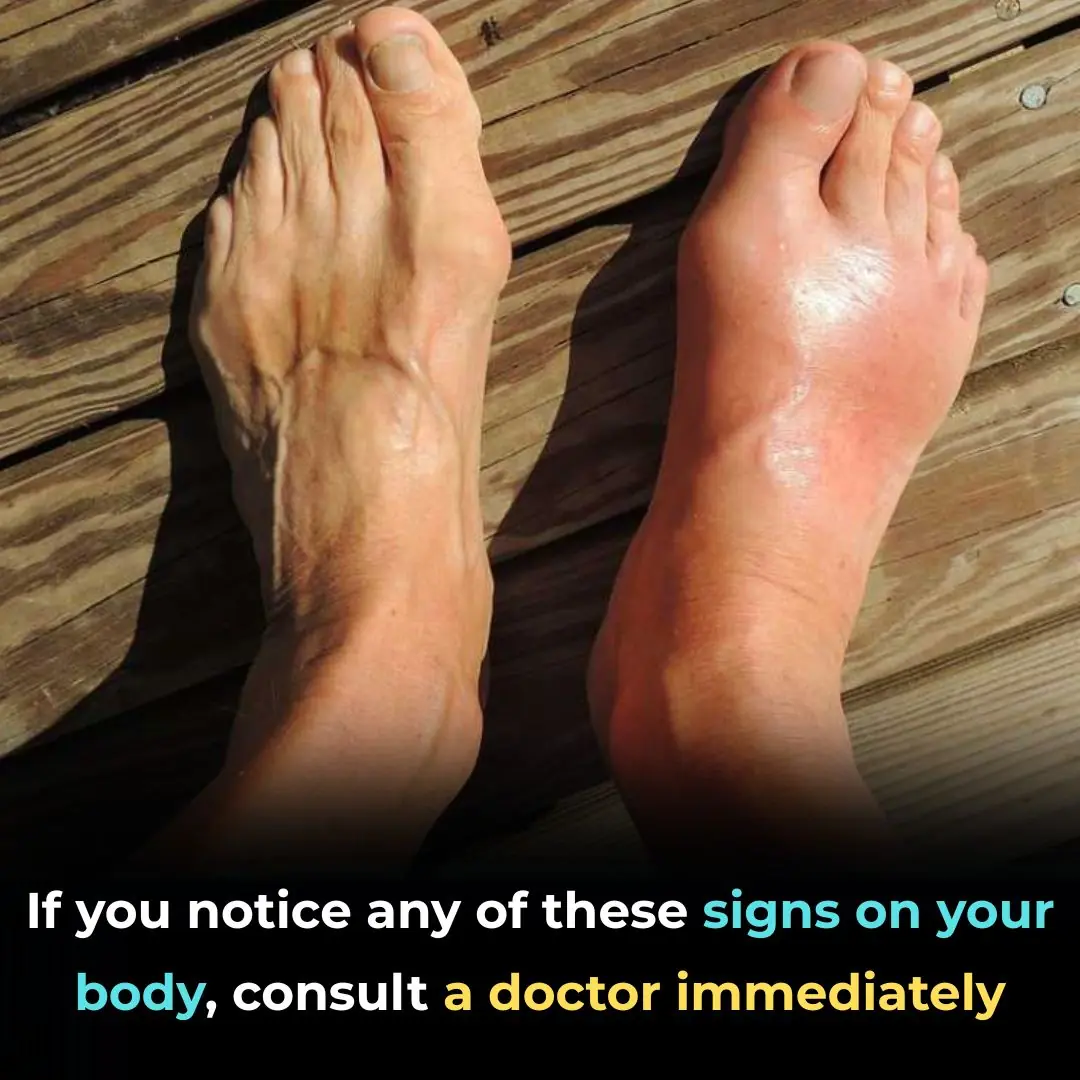
Redness Swelling and Warmth in One Leg
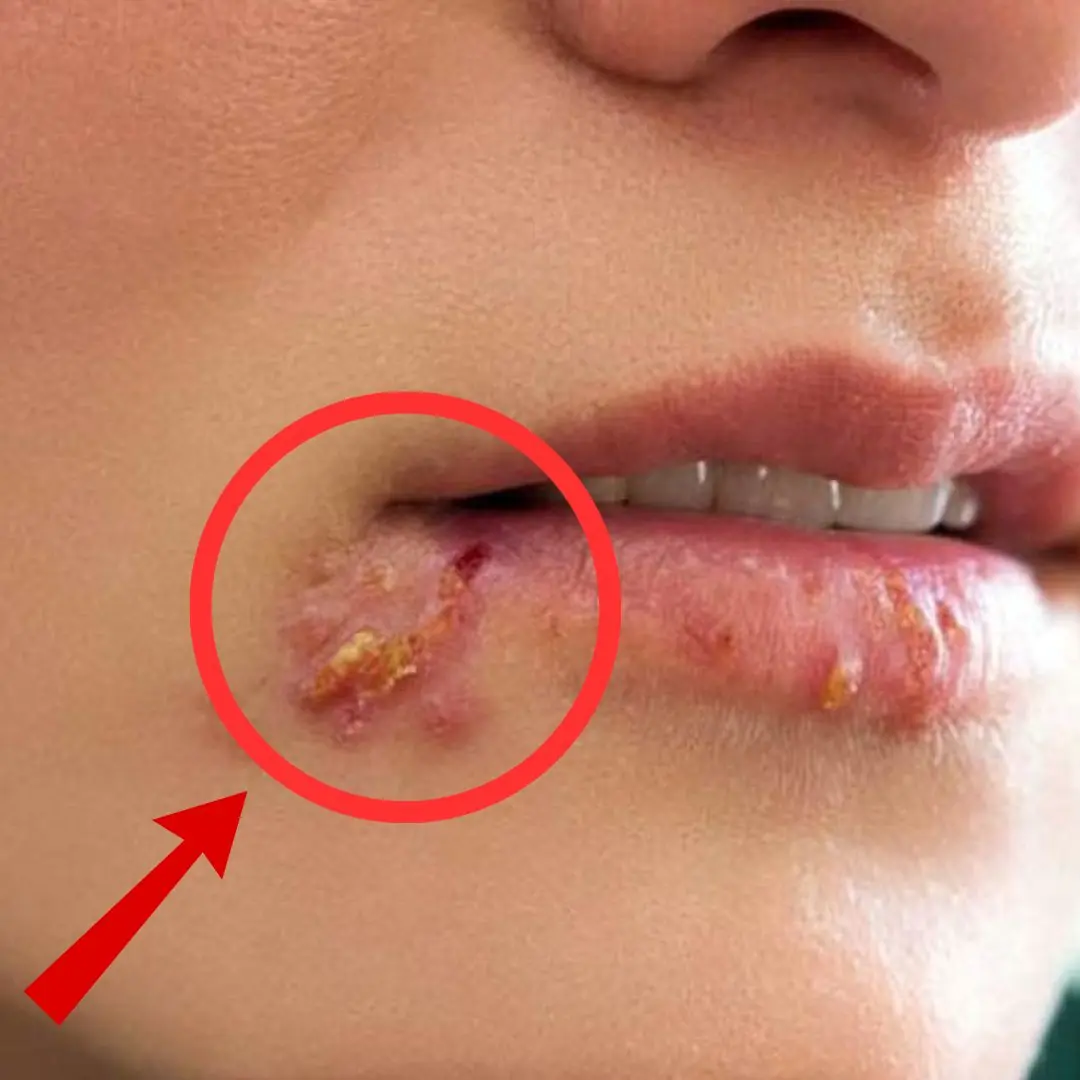
These are the signs that he is...read more
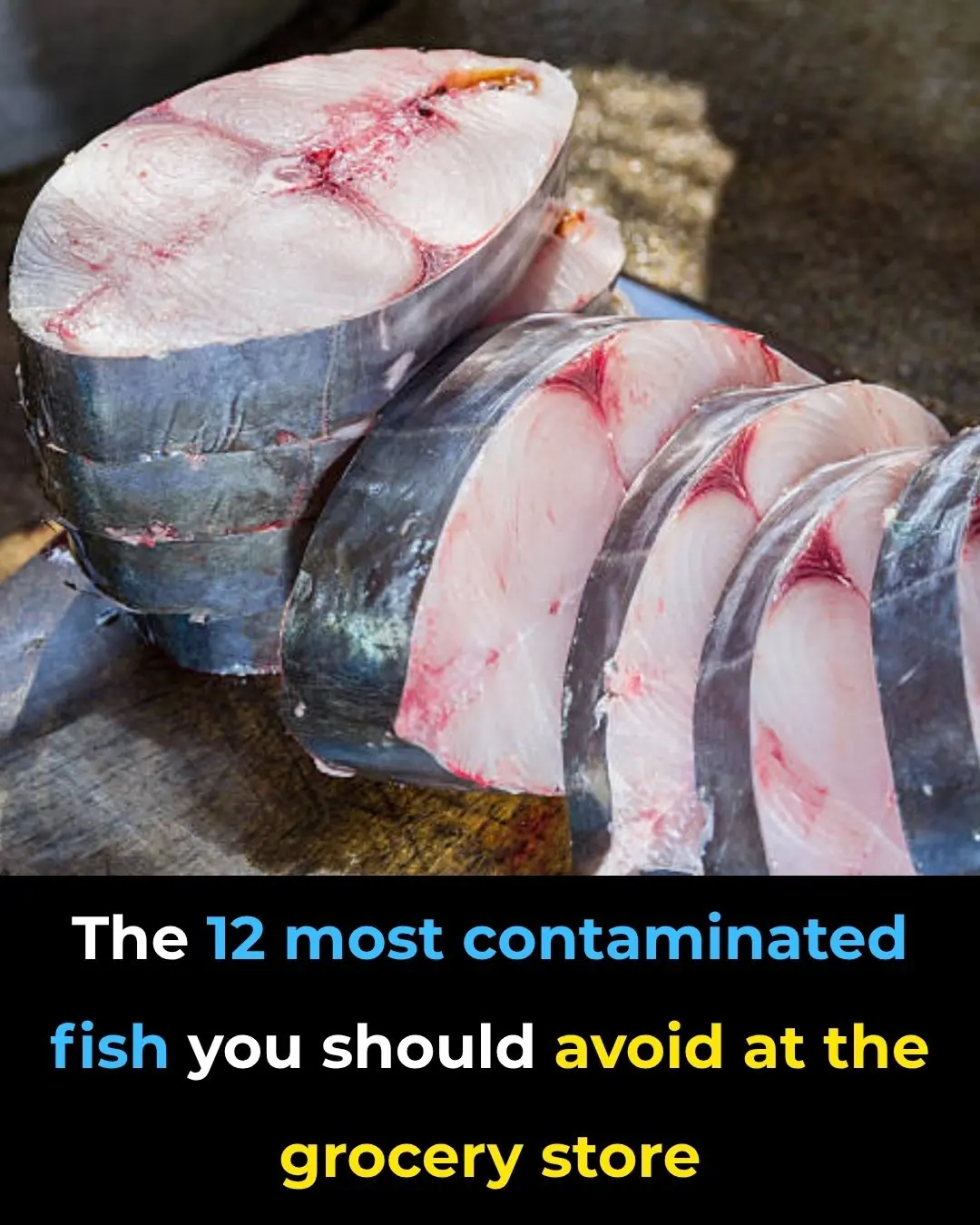
12 Fish Species You Need to Know to Avoid
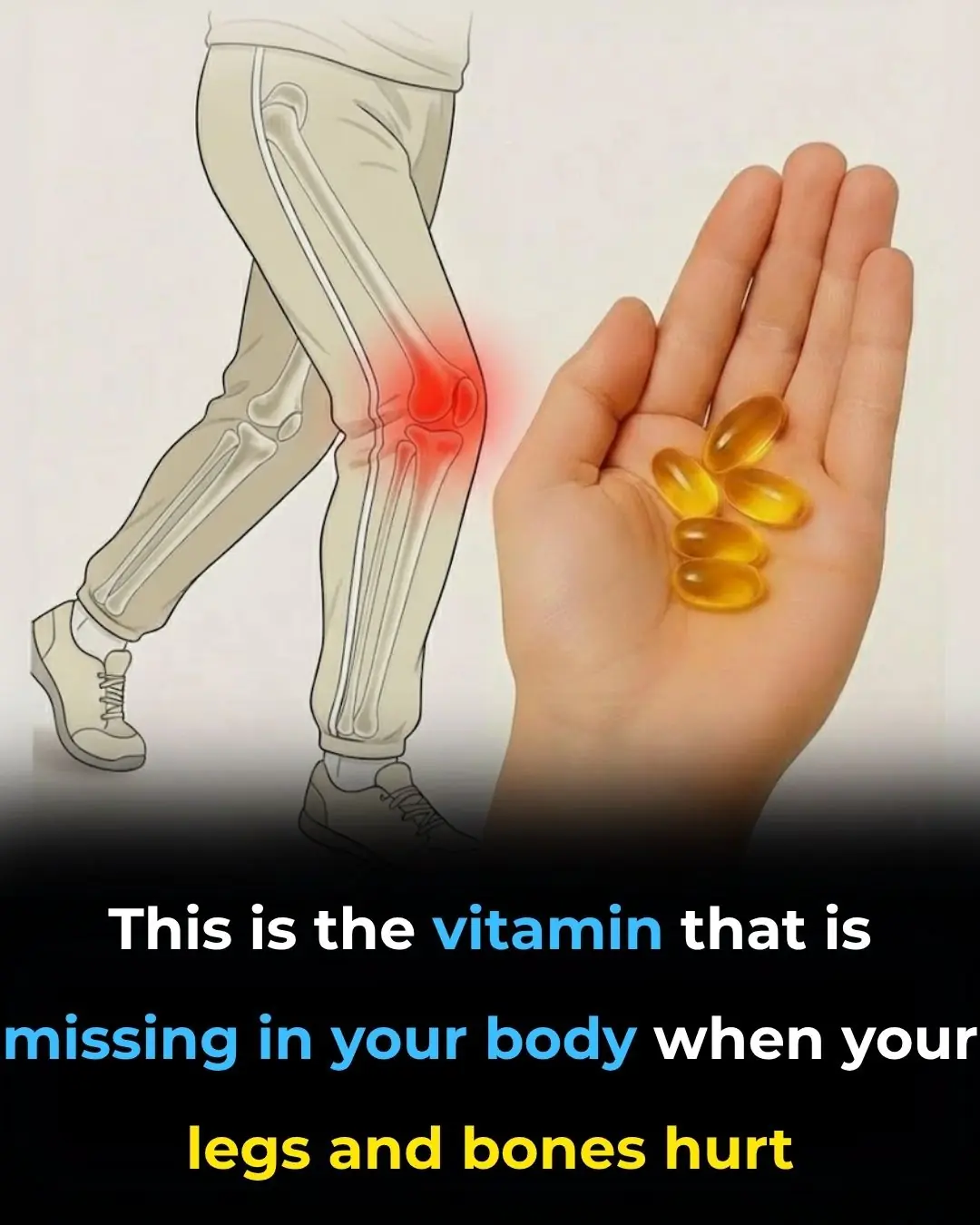
🦴 The Vitamin & Mineral Deficiencies That May Be Behind Leg and Bone Pain

🩺 Unusual Case of Sweet Syndrome Triggered by New Inhaler Therapy in Primary Care
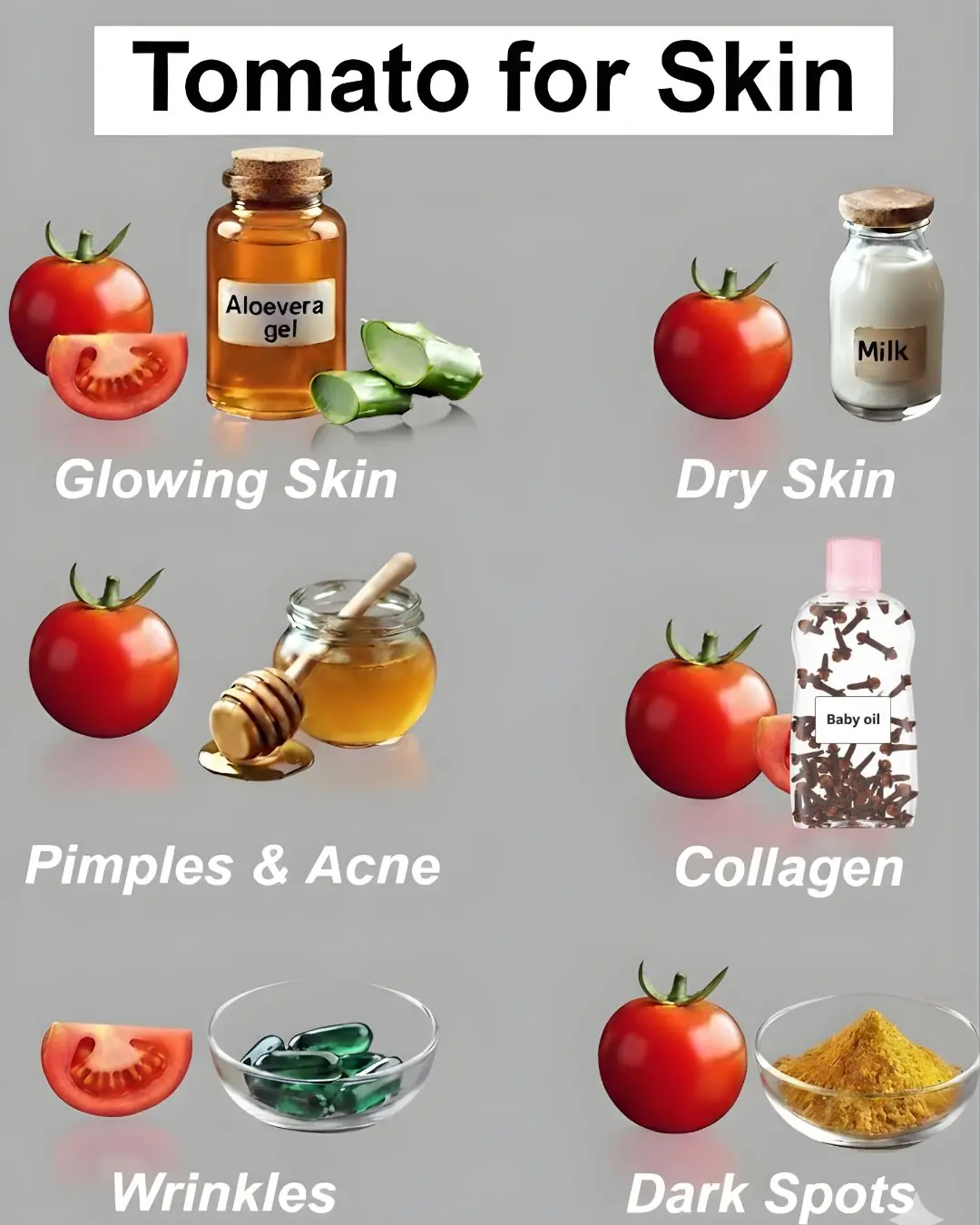
Tomato Benefits for Skin – Rub Tomato Slice on Face
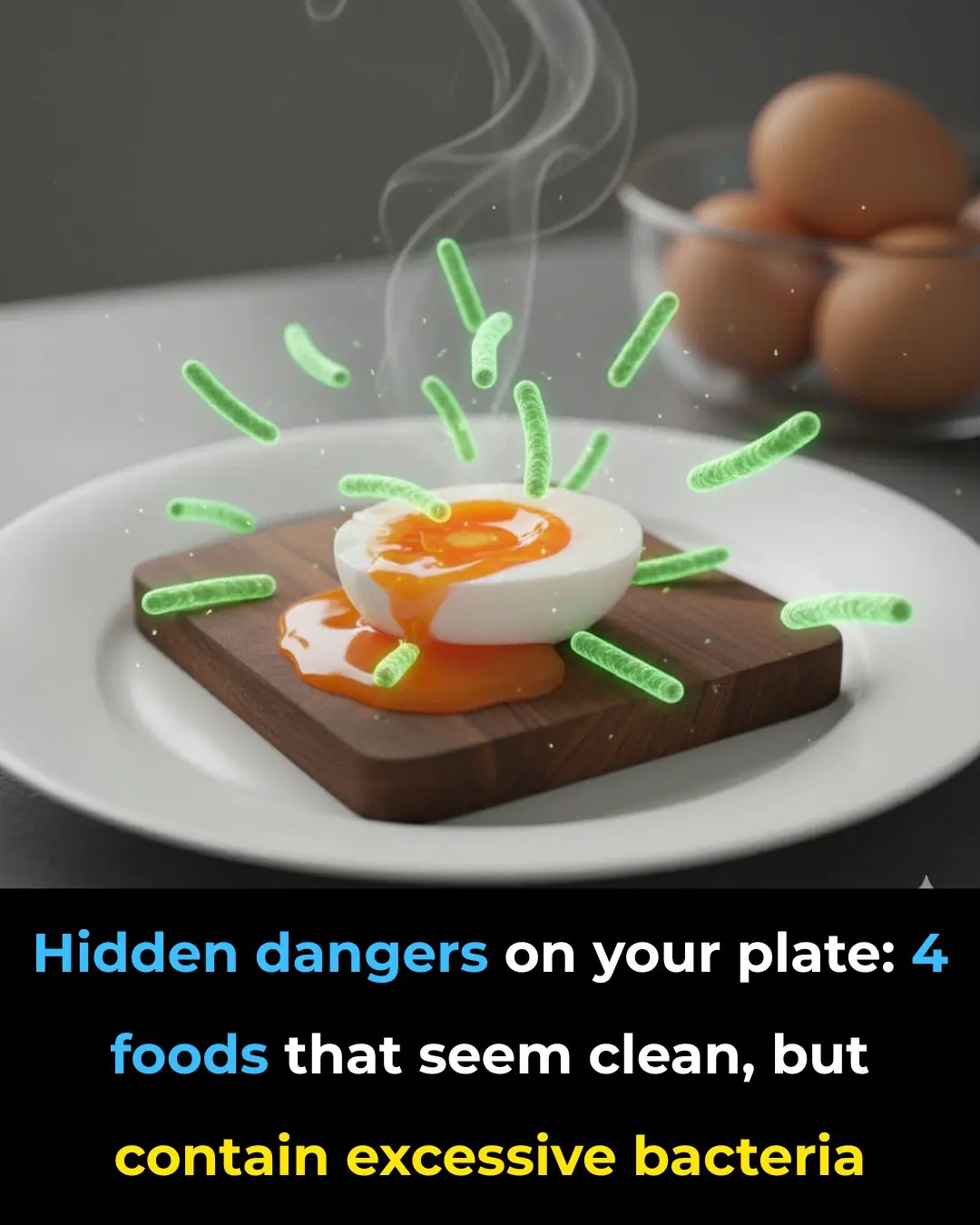
Hidden Dangers on Your Plate: 4 “Clean” Foods That Can Secretly Harm Your Health
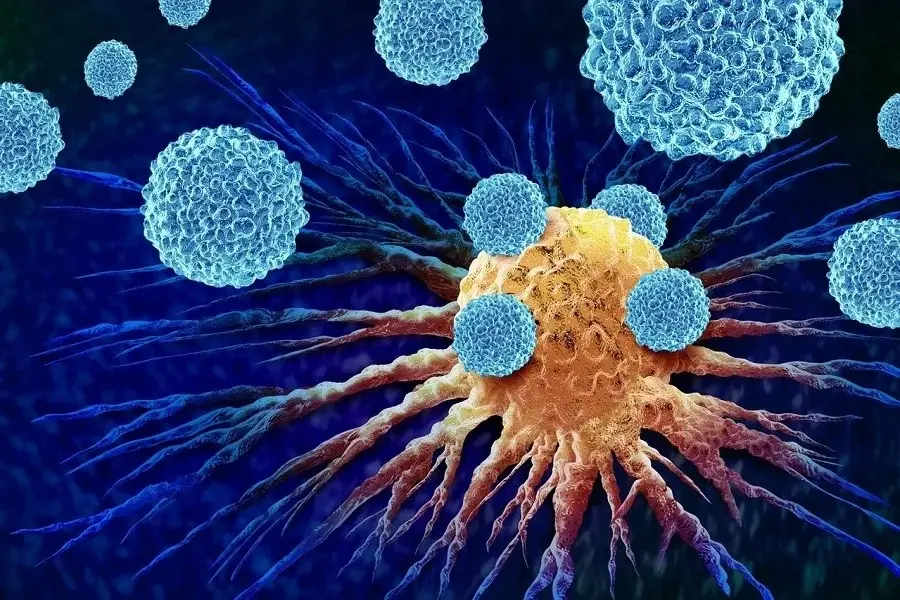
4 Unusual Signs in Your Neck That Could Be Symptoms of Cancer — Don’t Ignore Them
News Post

DENTISTS HATE HOW SIMPLE THIS TEETH WHITENING HACK IS
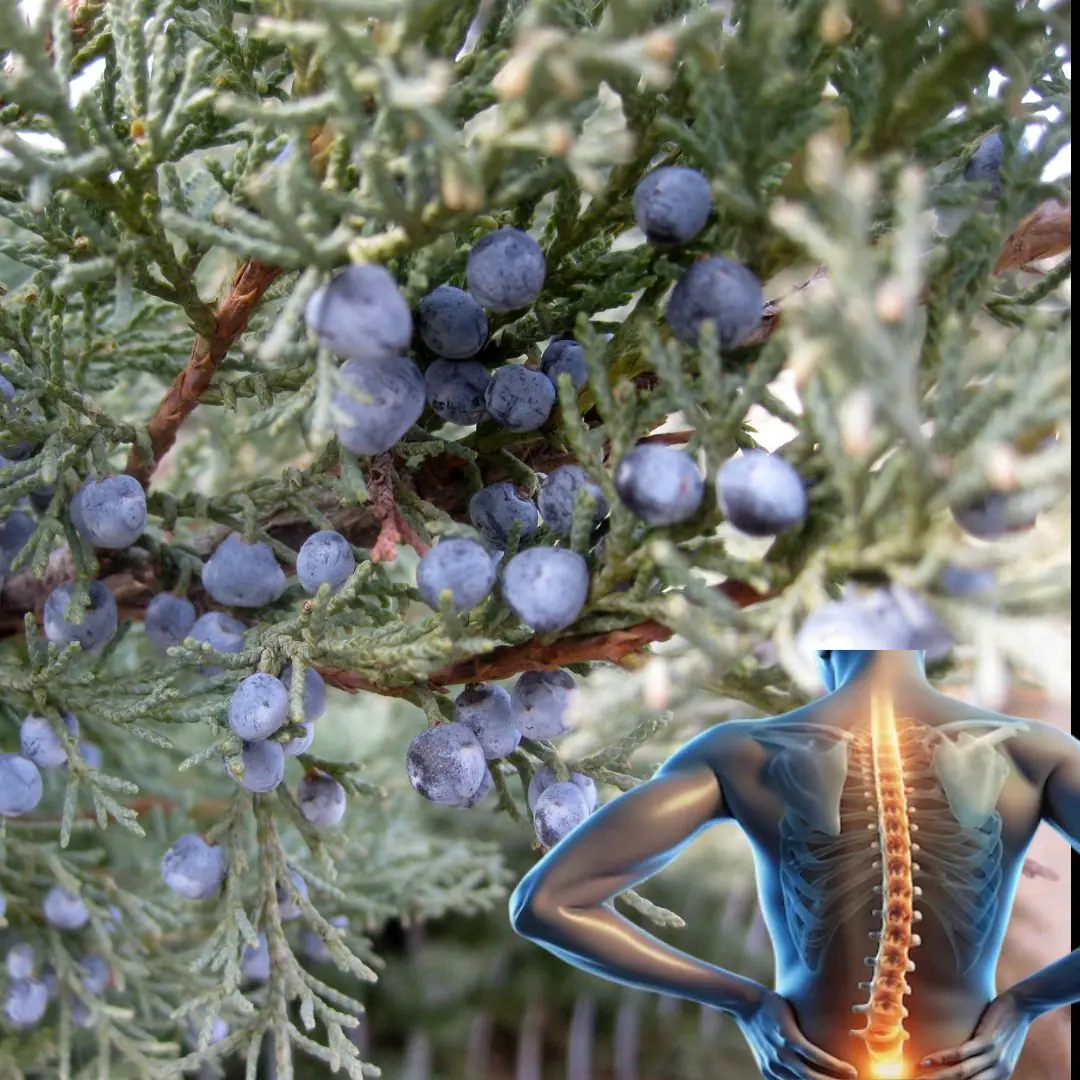
Juniper: A Comprehensive Guide to Its Benefits and Uses
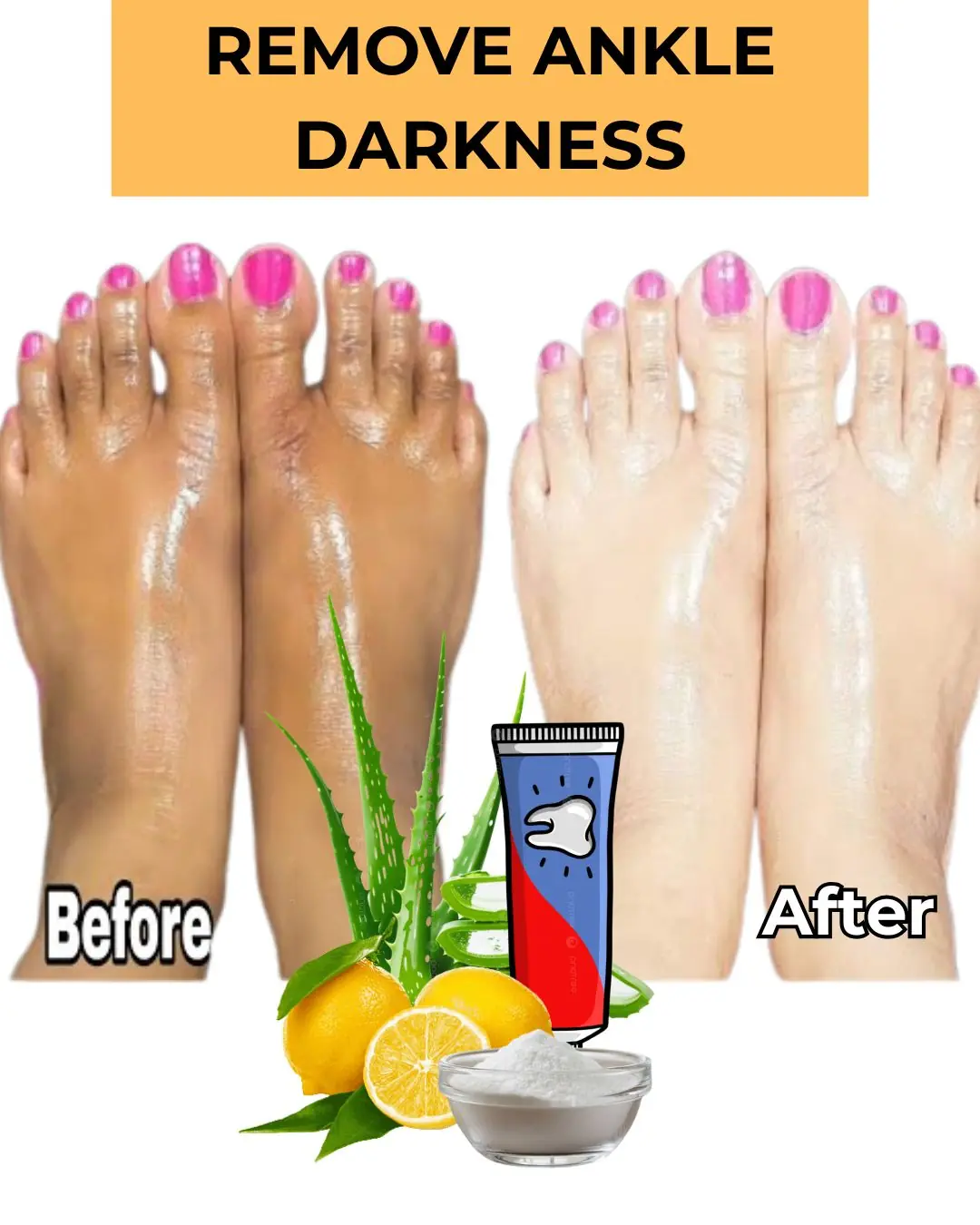
Unveil Colgate’s Secret for Silky-Smooth Feet
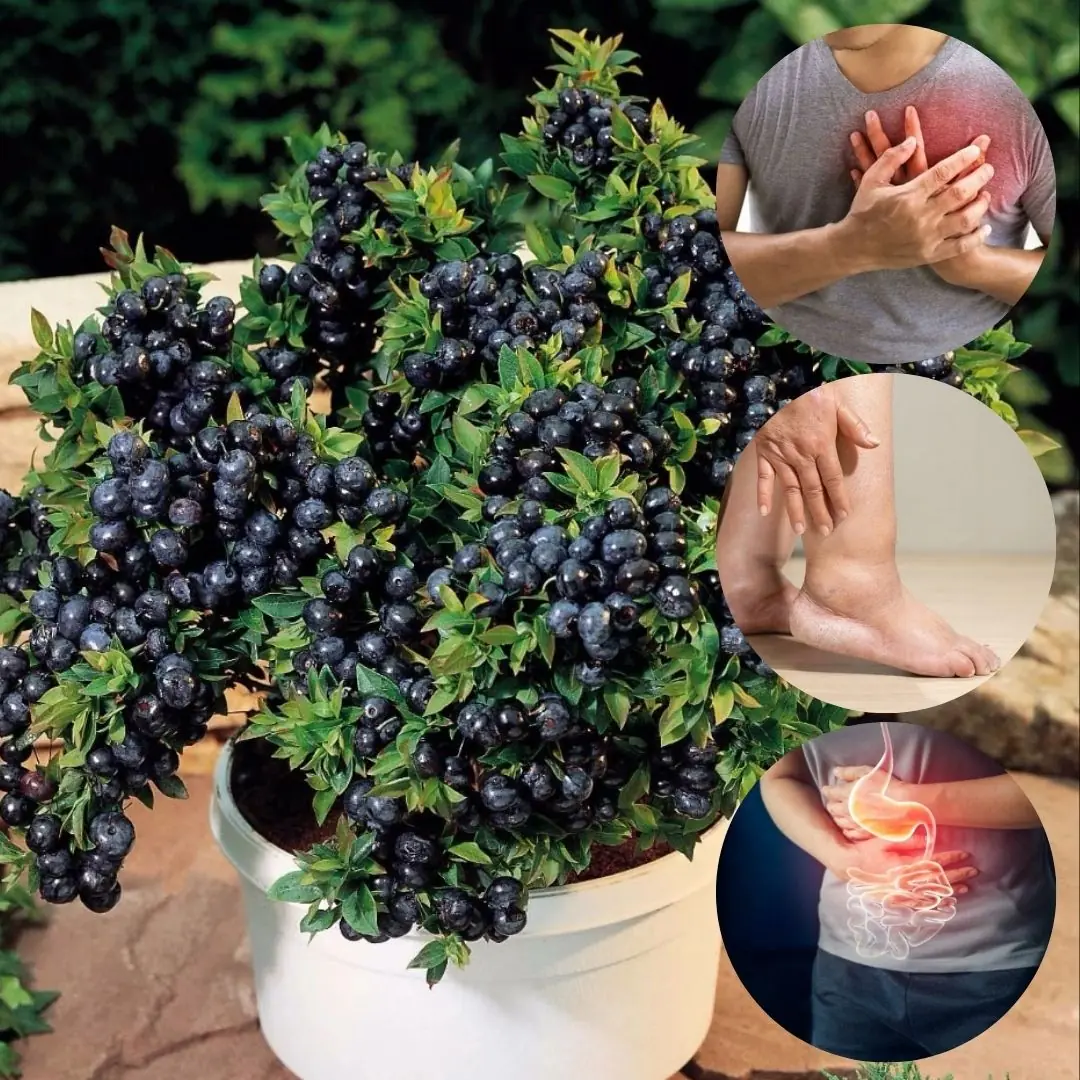
Evergreen Huckleberry (Vaccinium ovatum) – Benefits, Uses, and Growing Guide

A 3-Year-Old Boy Got Super Glue in His Eye — His Mother’s “Golden 30 Seconds” Saved His Sight

Growing Concern Over Visceral Fat — Doctors Recommend 9 Foods to Help Burn It Naturally
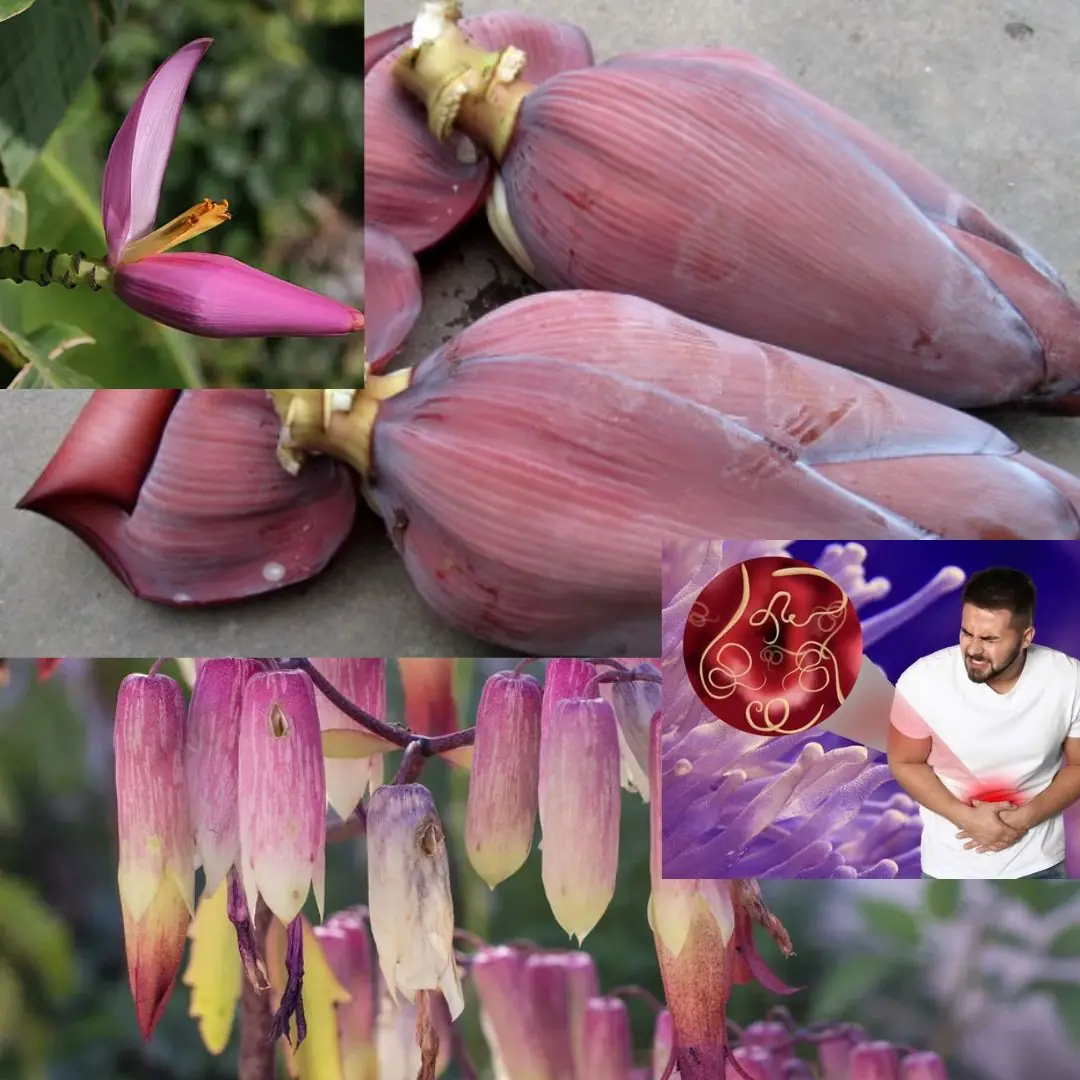
7 Amazing Health Benefits of Banana Blossoms
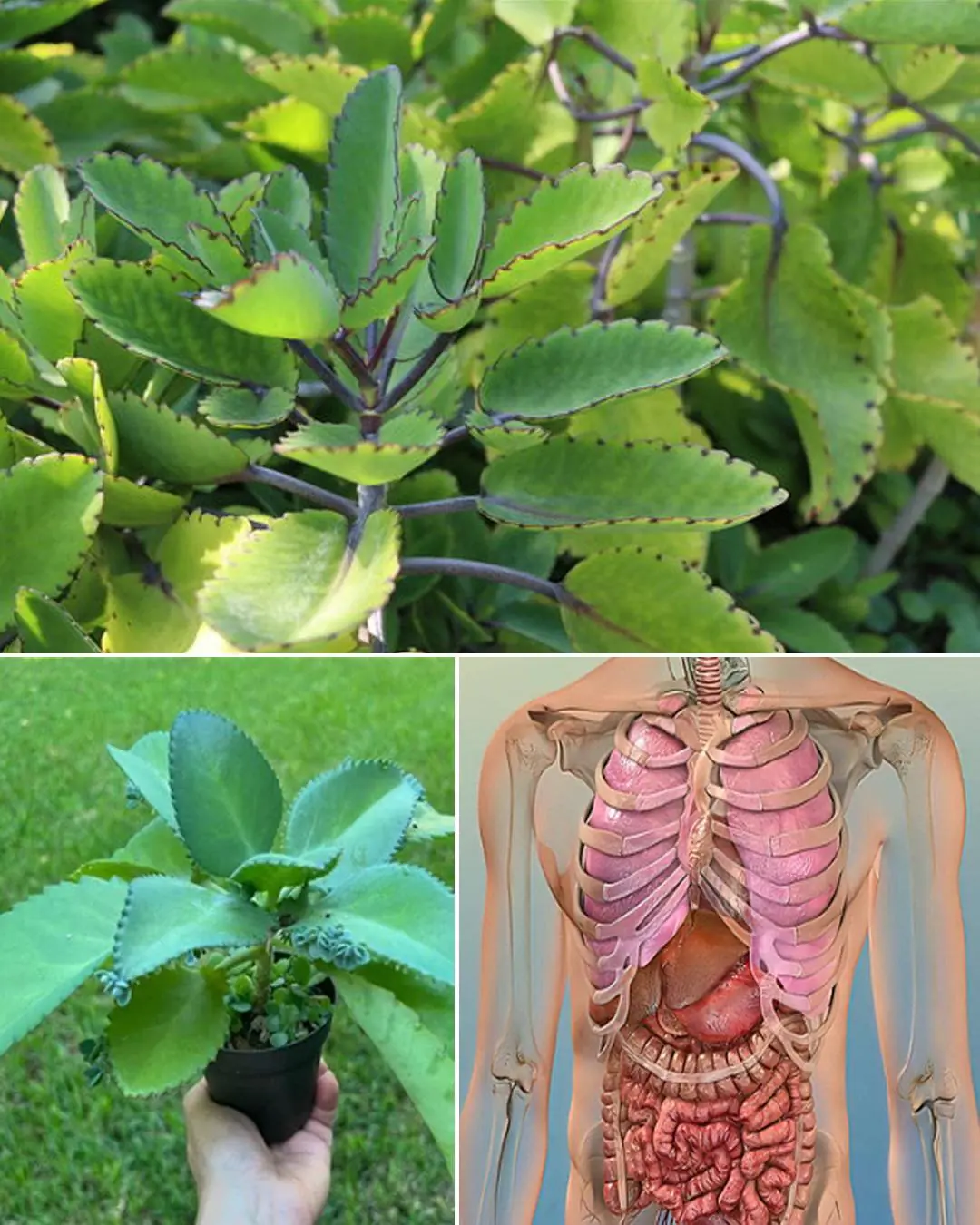
Bryophyllum Calycinum (Kalanchoe Pinnata): Benefits and Uses
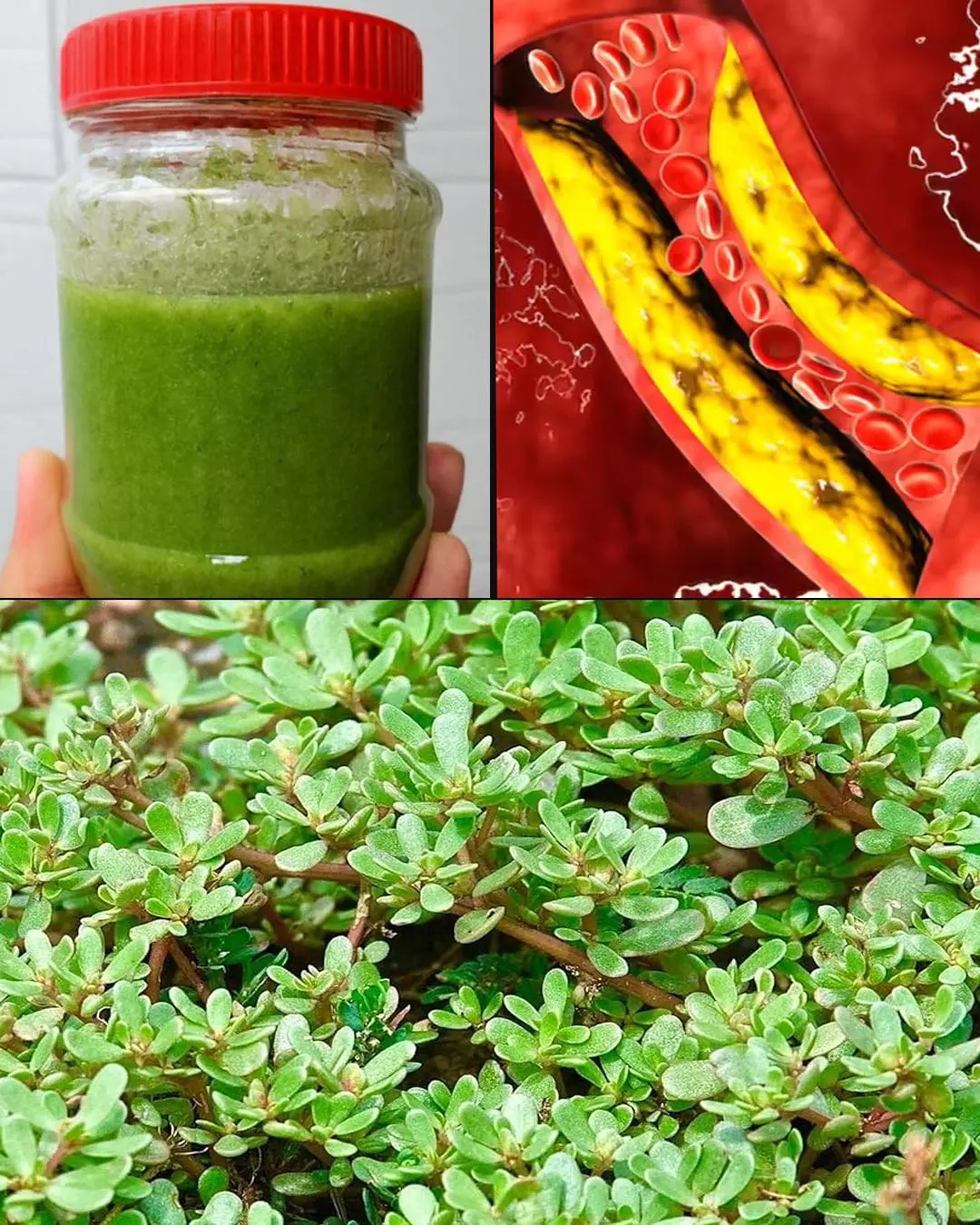
Purslane: The Superfood That Tastes Better Than Meat – 7 Reasons to Grow It in Your Garden
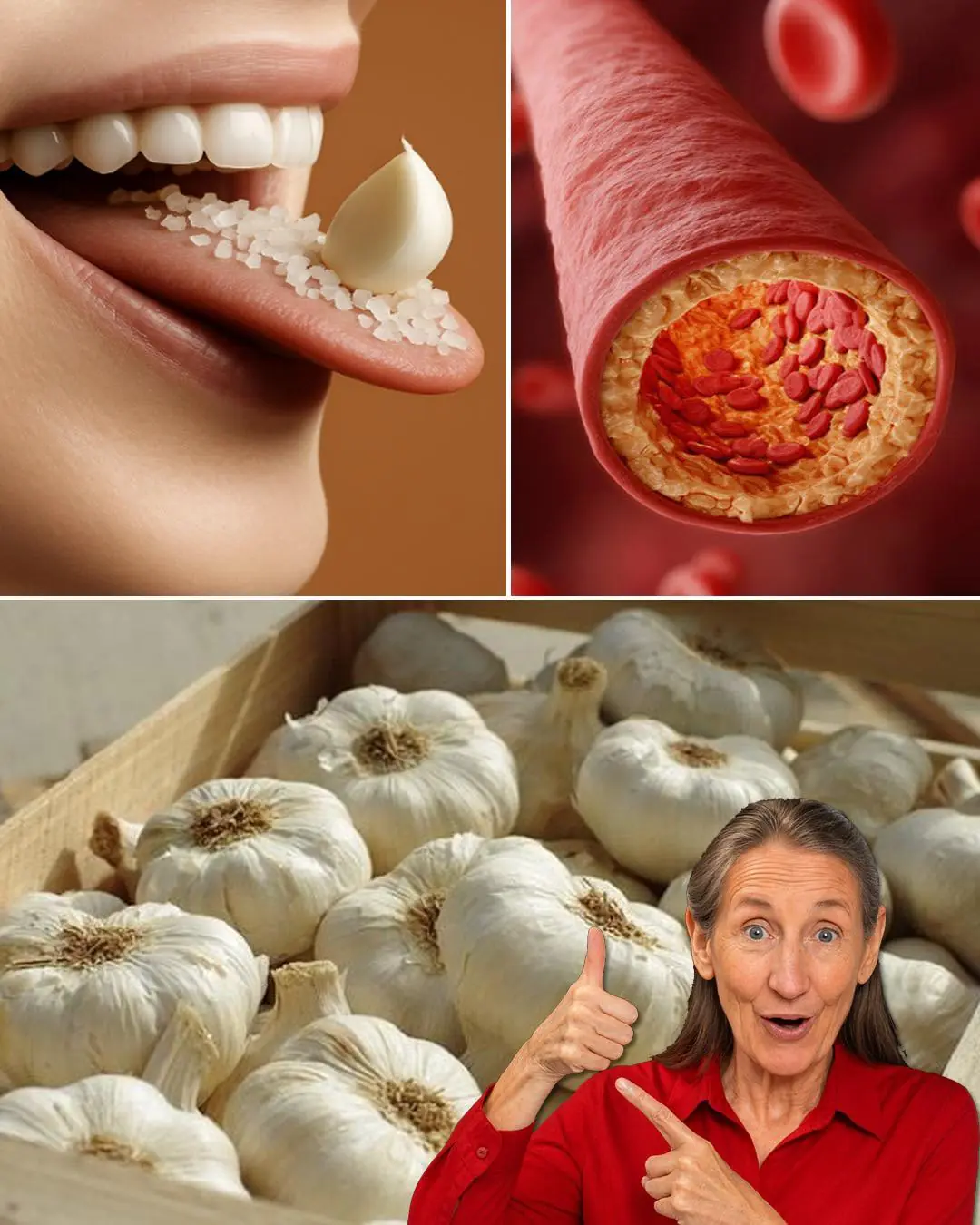
7 Benefits of Chewing Raw Garlic on an Empty Stomach
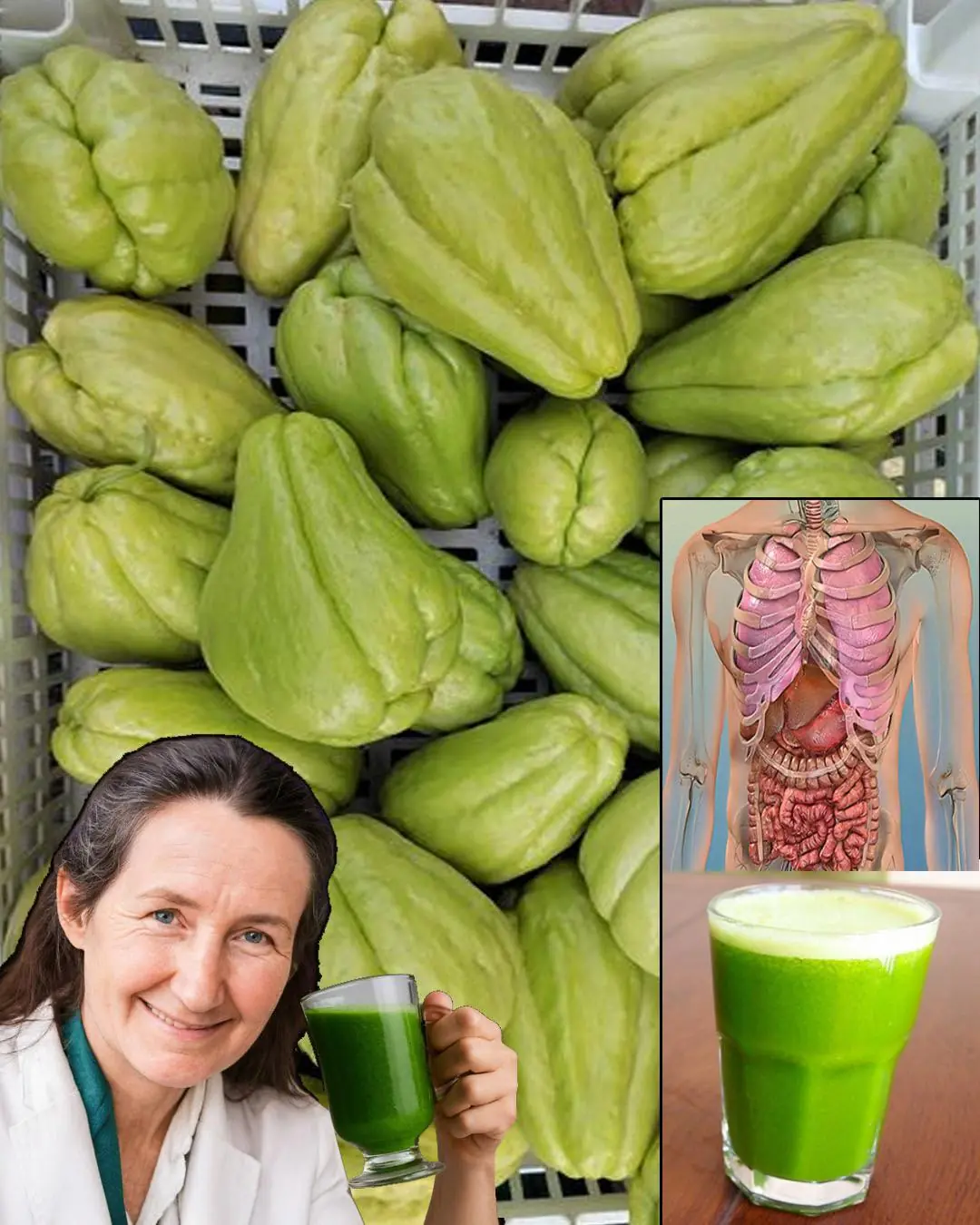
Chayote Remedy: Natural Cure for Pain, Swelling, Blood Pressure & Cholesterol
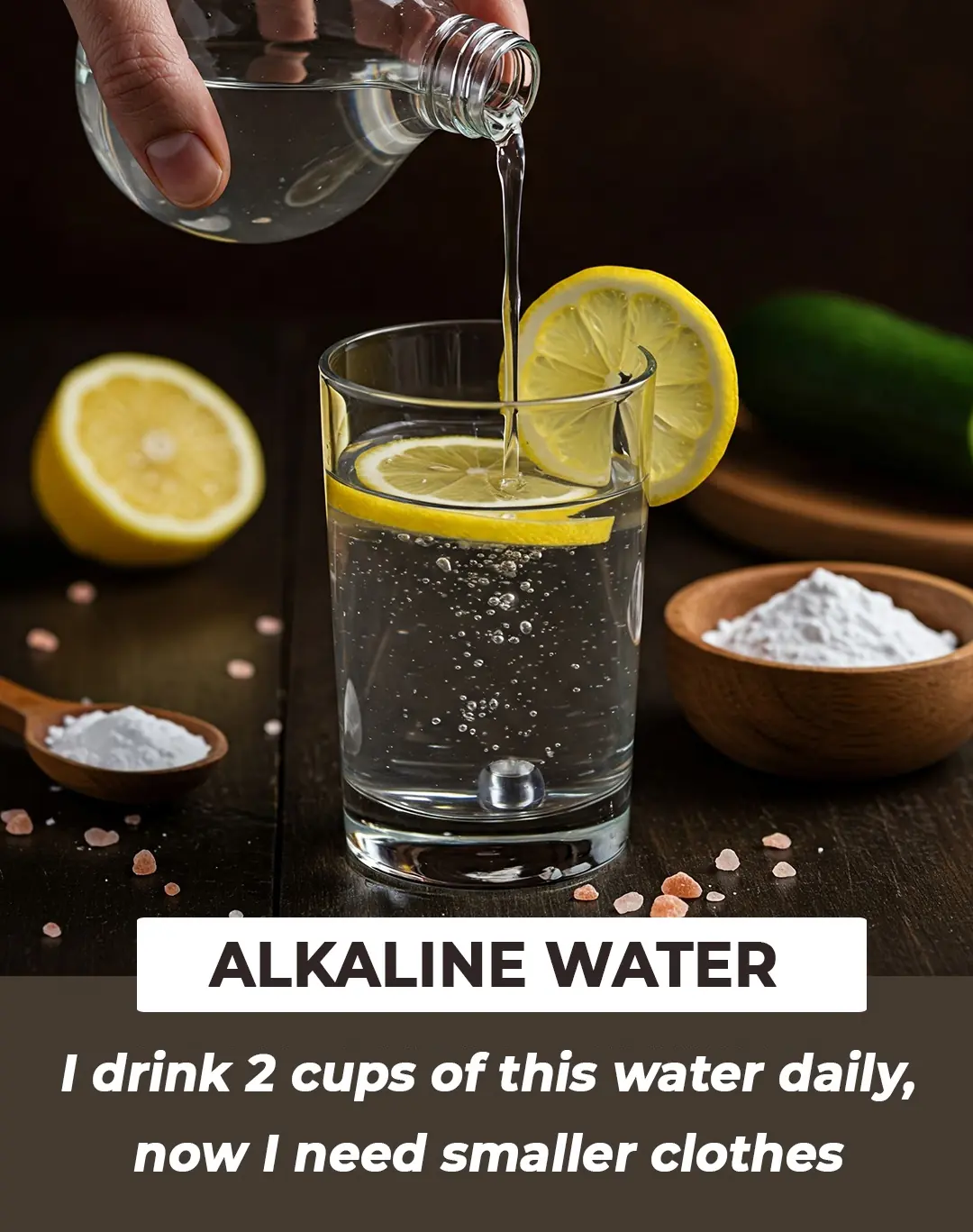
Alkaline Water – Recipe and Health Benefits for Skin & Hair
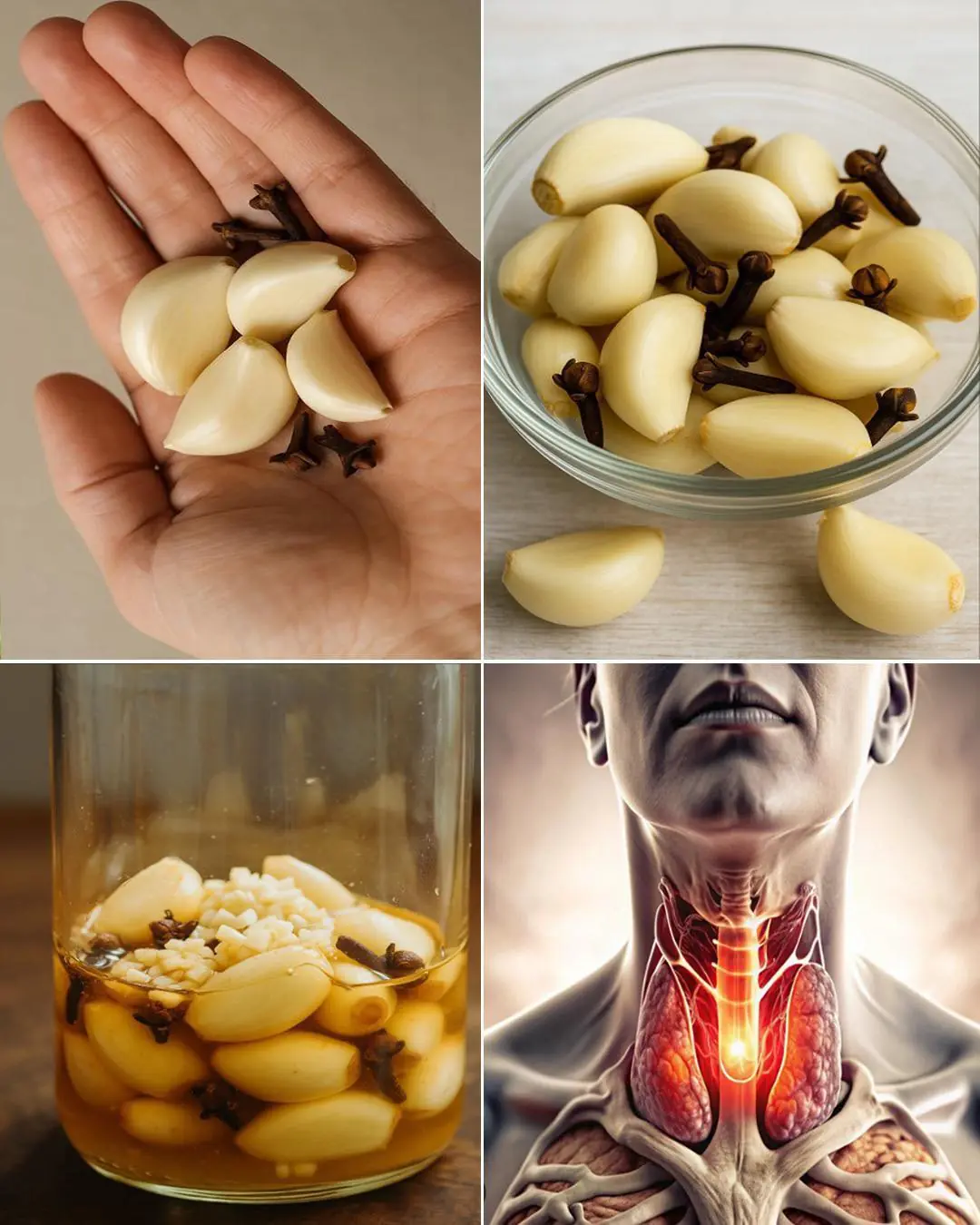
Garlic, Honey, and Cloves – a powerful natural remedy packed with health benefits
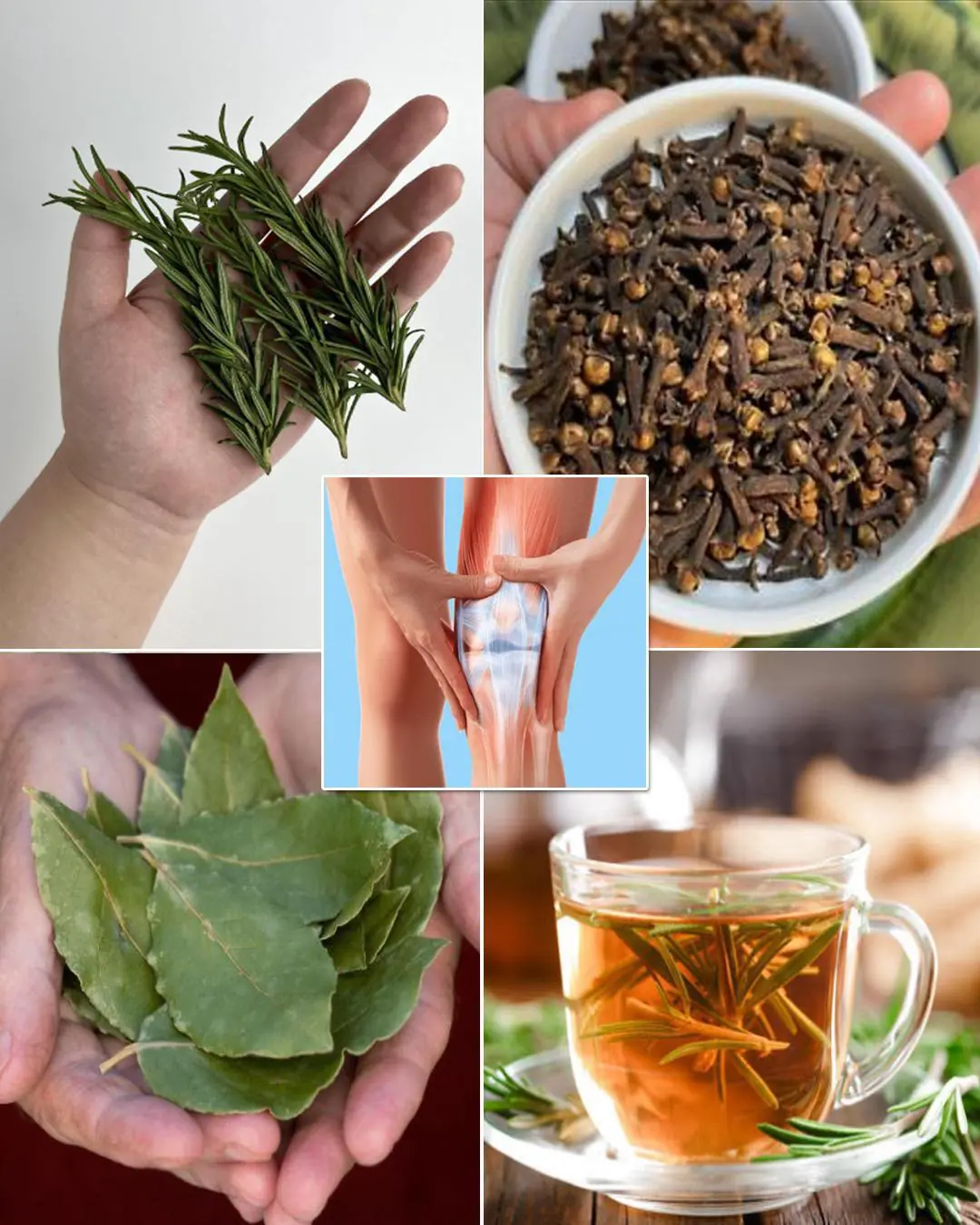
A Natural Blend of Rosemary, Cloves, and Bay Leaves
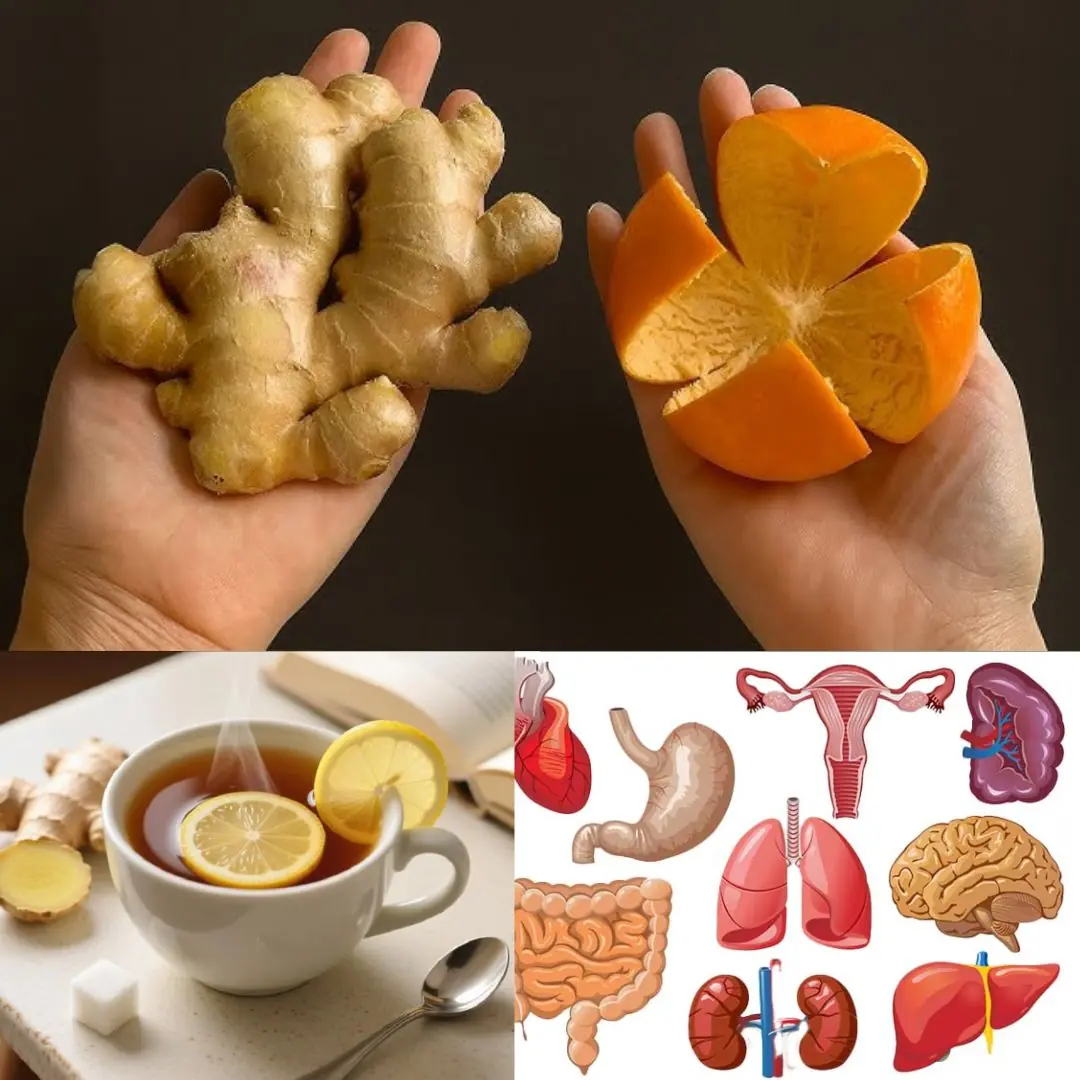
Ginger and Orange Detox Drink – Cleanse Kidneys, Liver, and Lungs Naturally
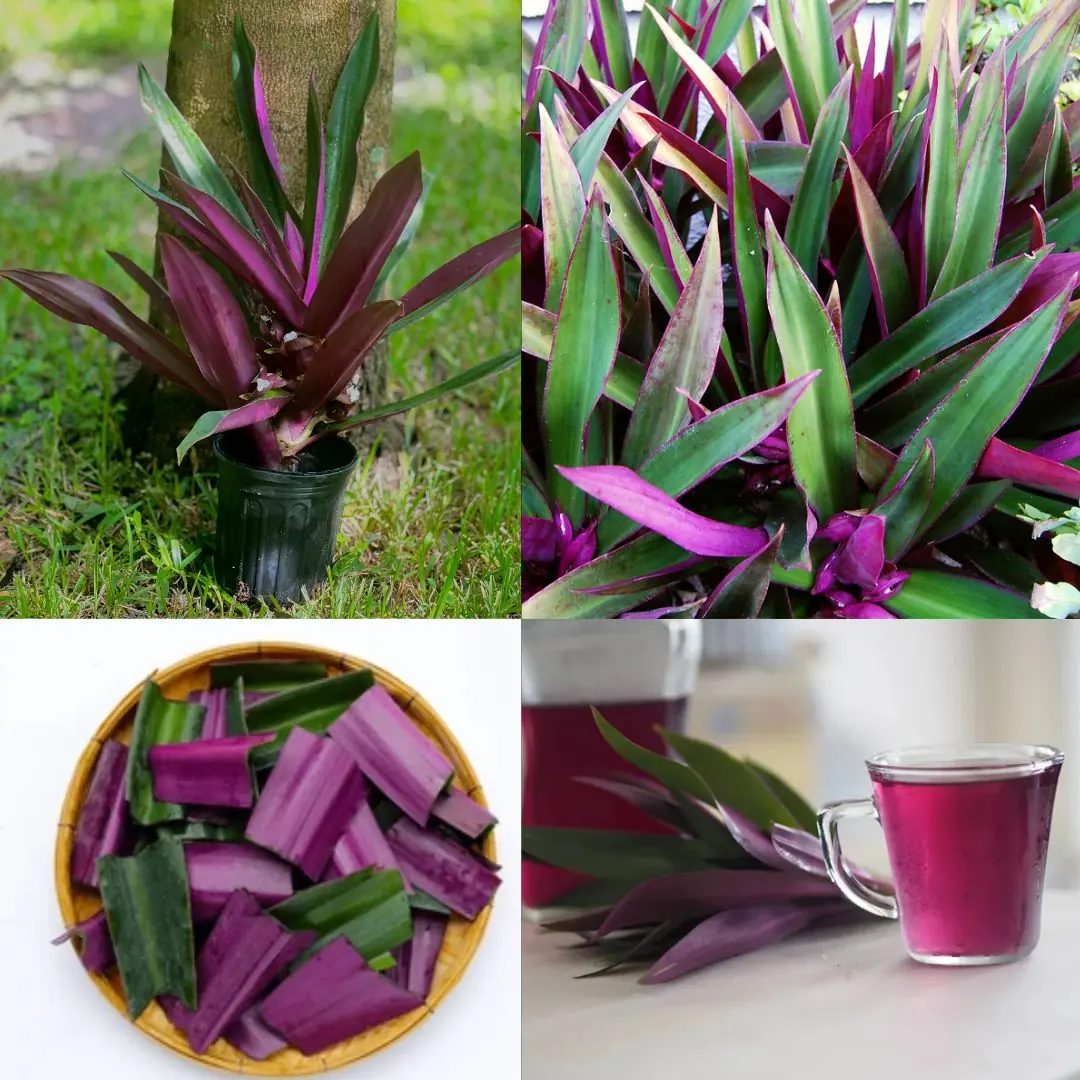
The Purple Maguey Plant — Benefits and Traditional Uses
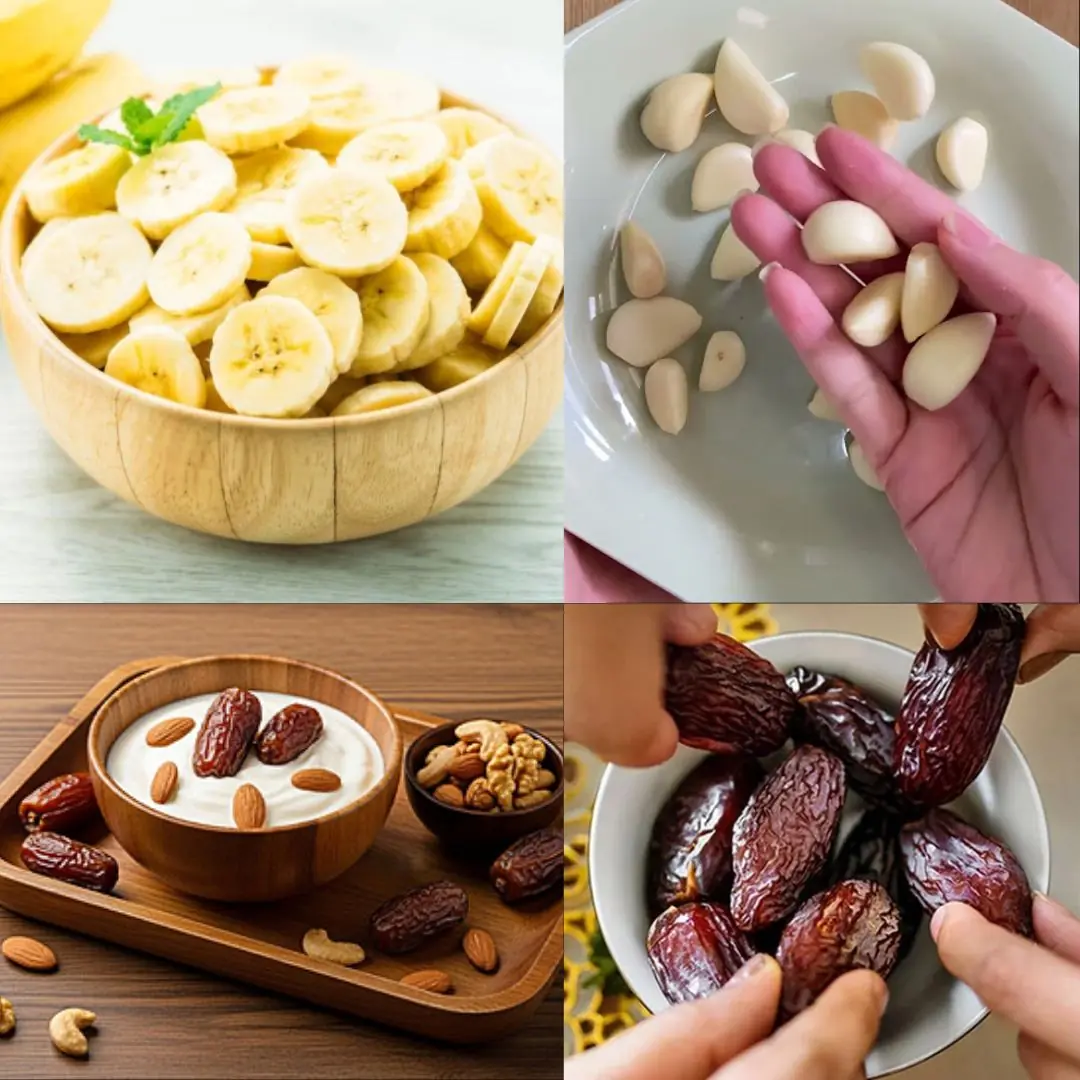
Bananas, Garlic, and Dates: The Powerful Health Combo
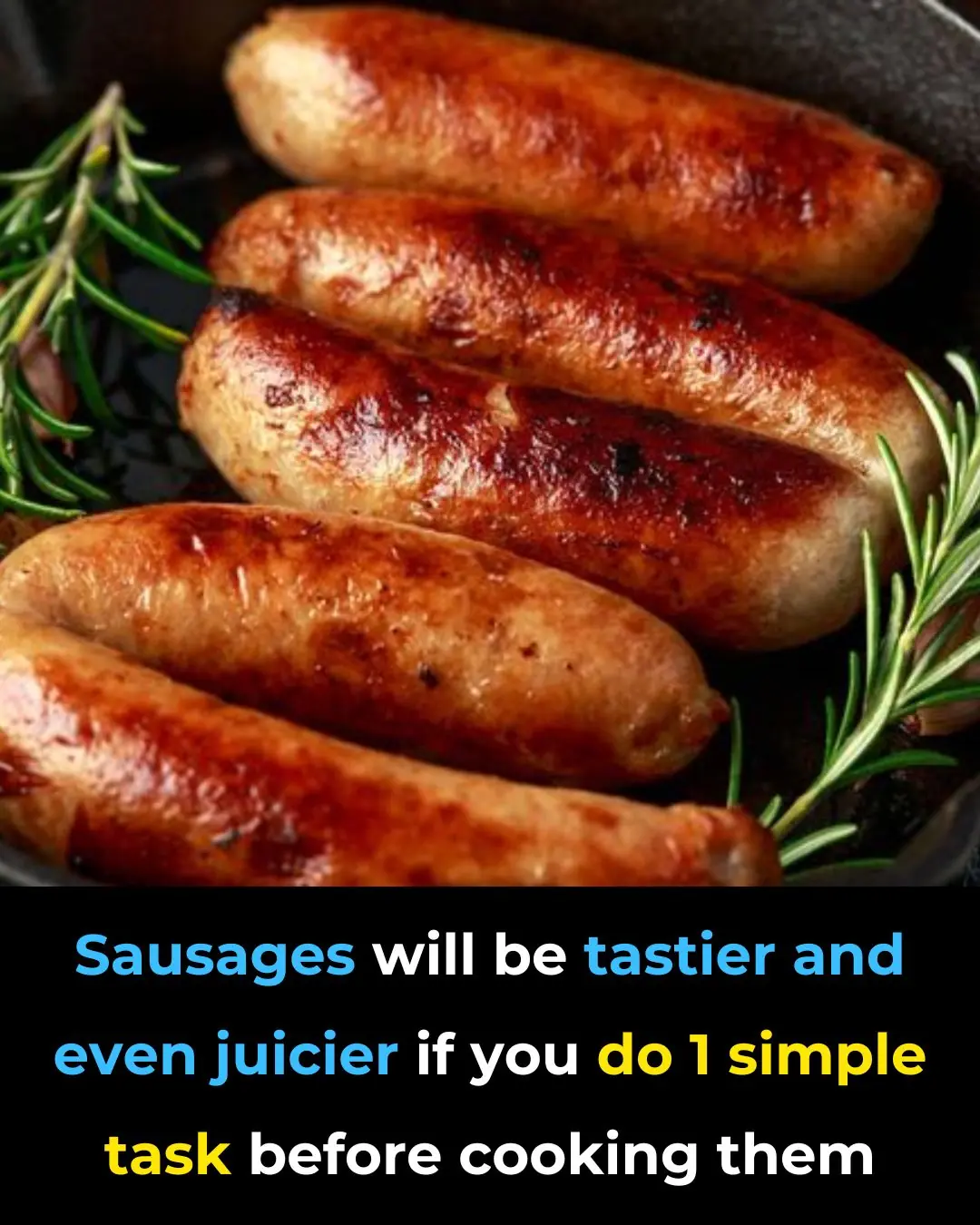
Make Your Sausages Juicier and More Flavorful With This One Simple Step Before Cooking

Don’t Leave Your Phone Charger Plugged In
